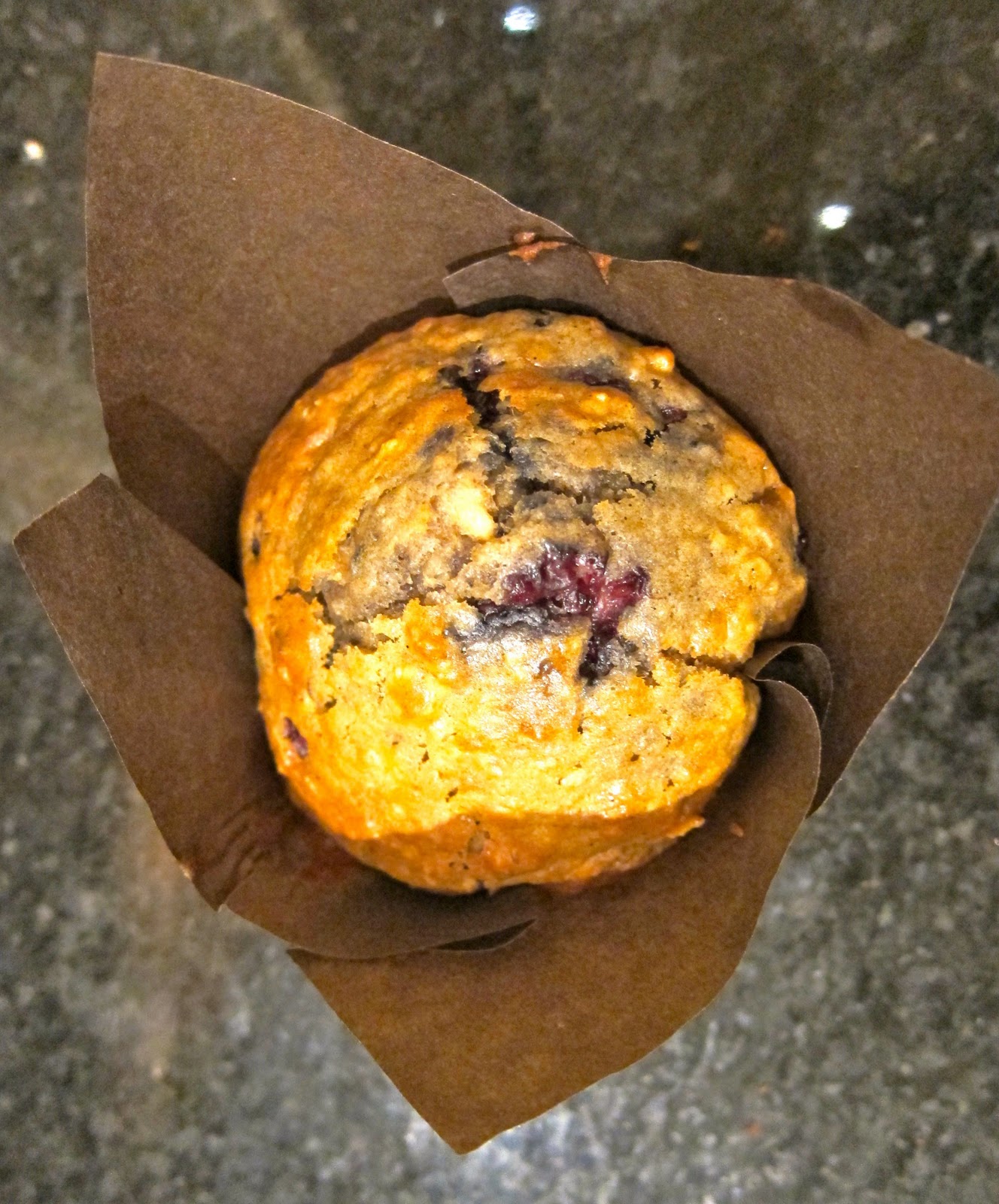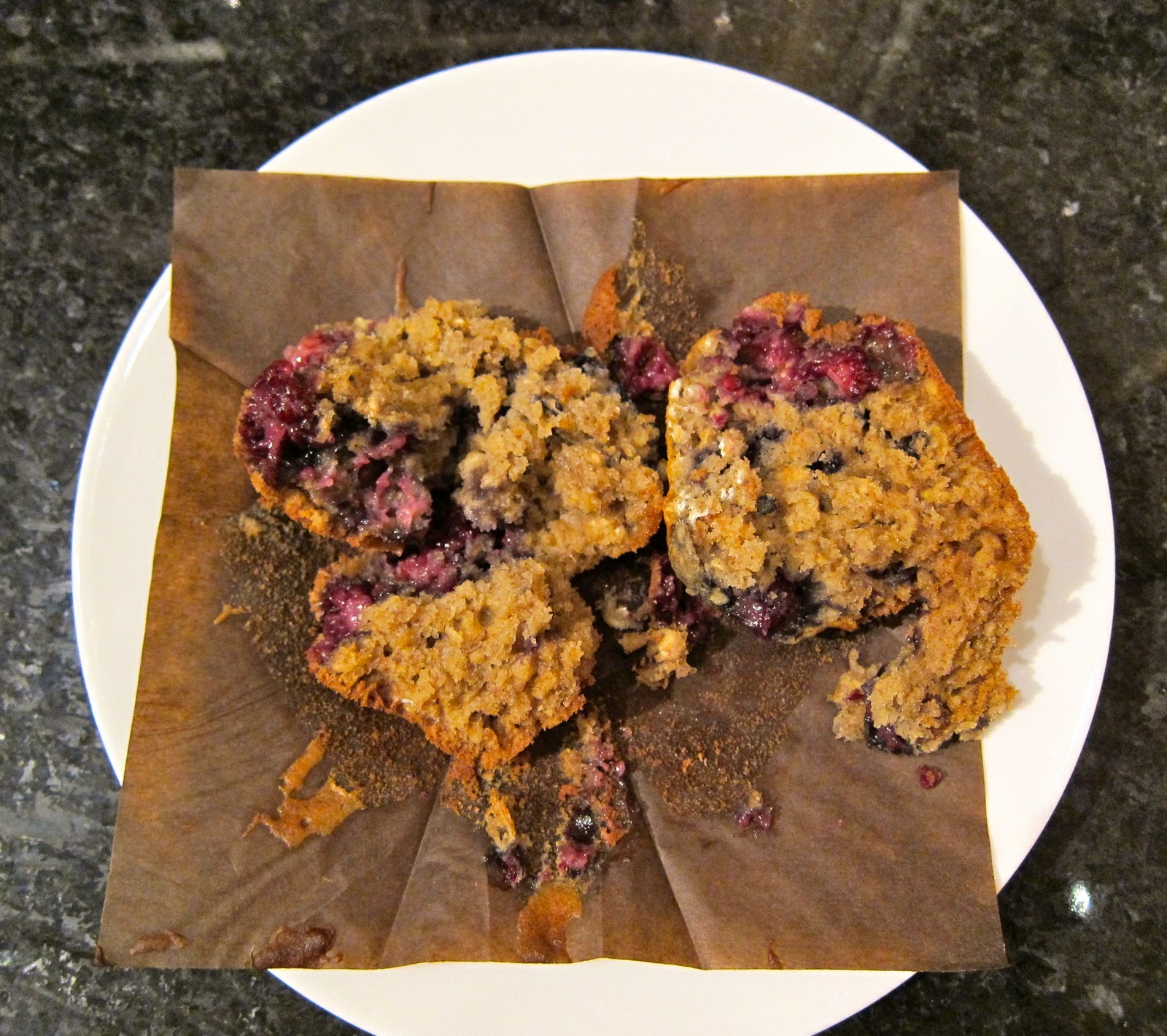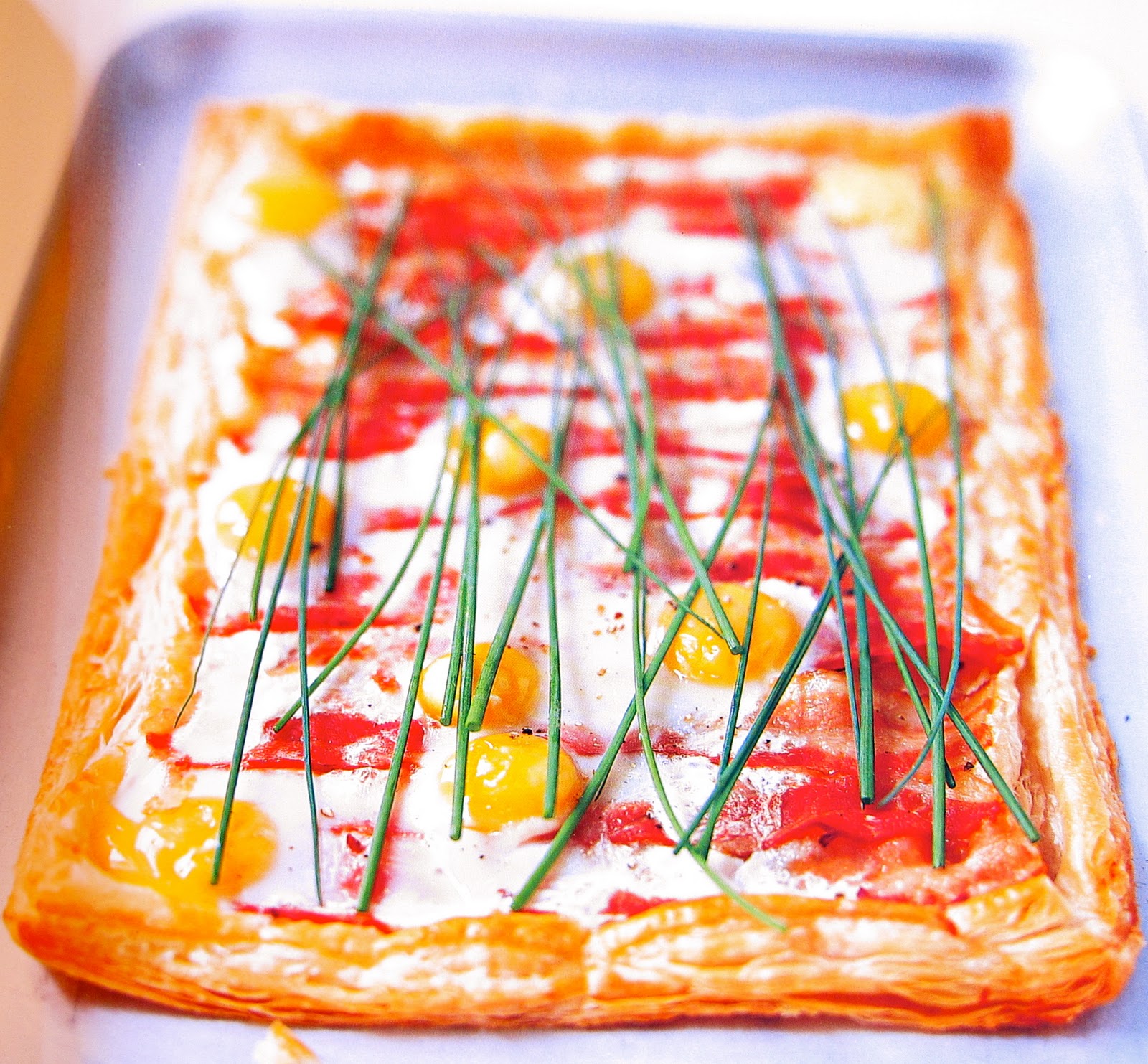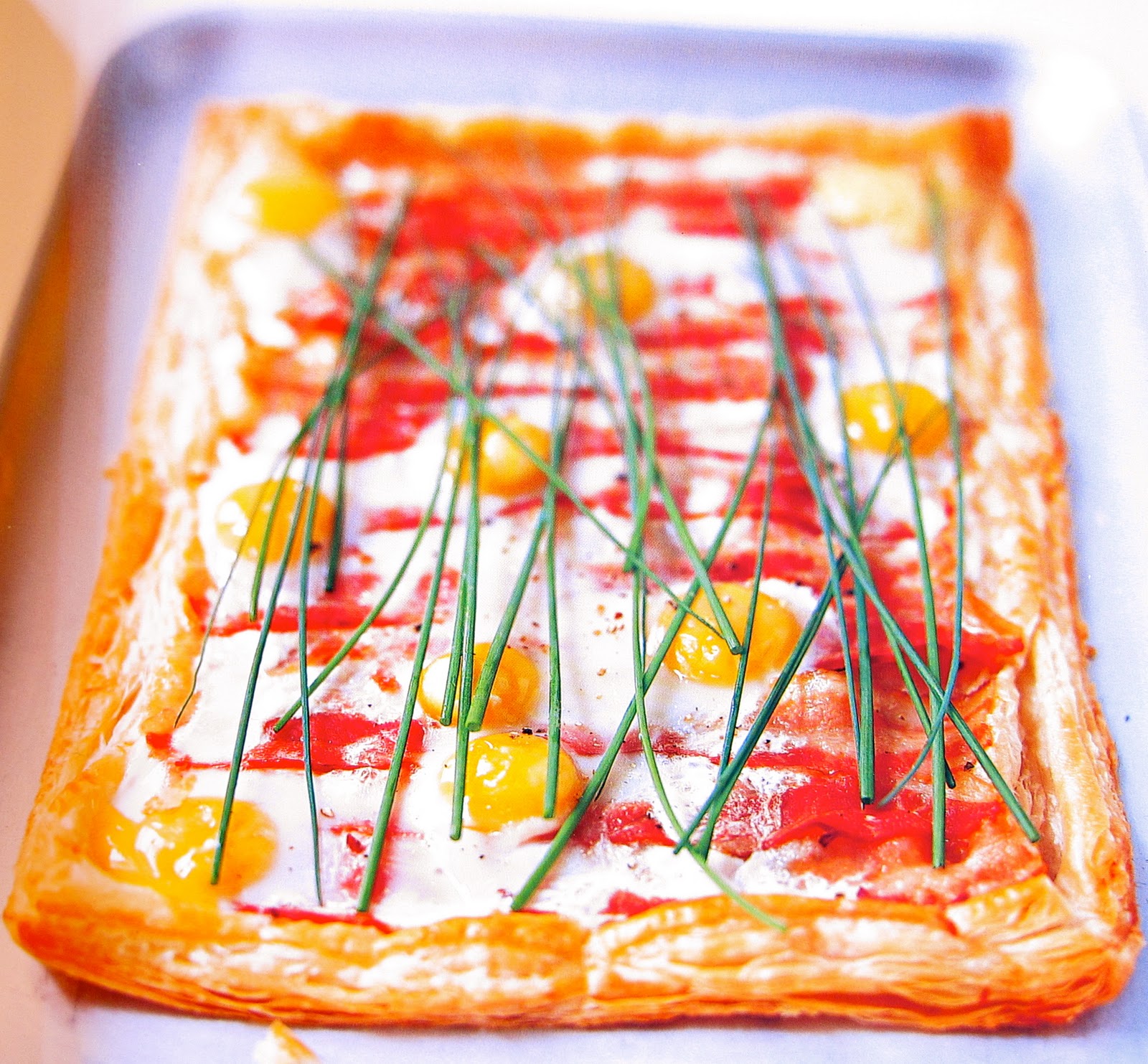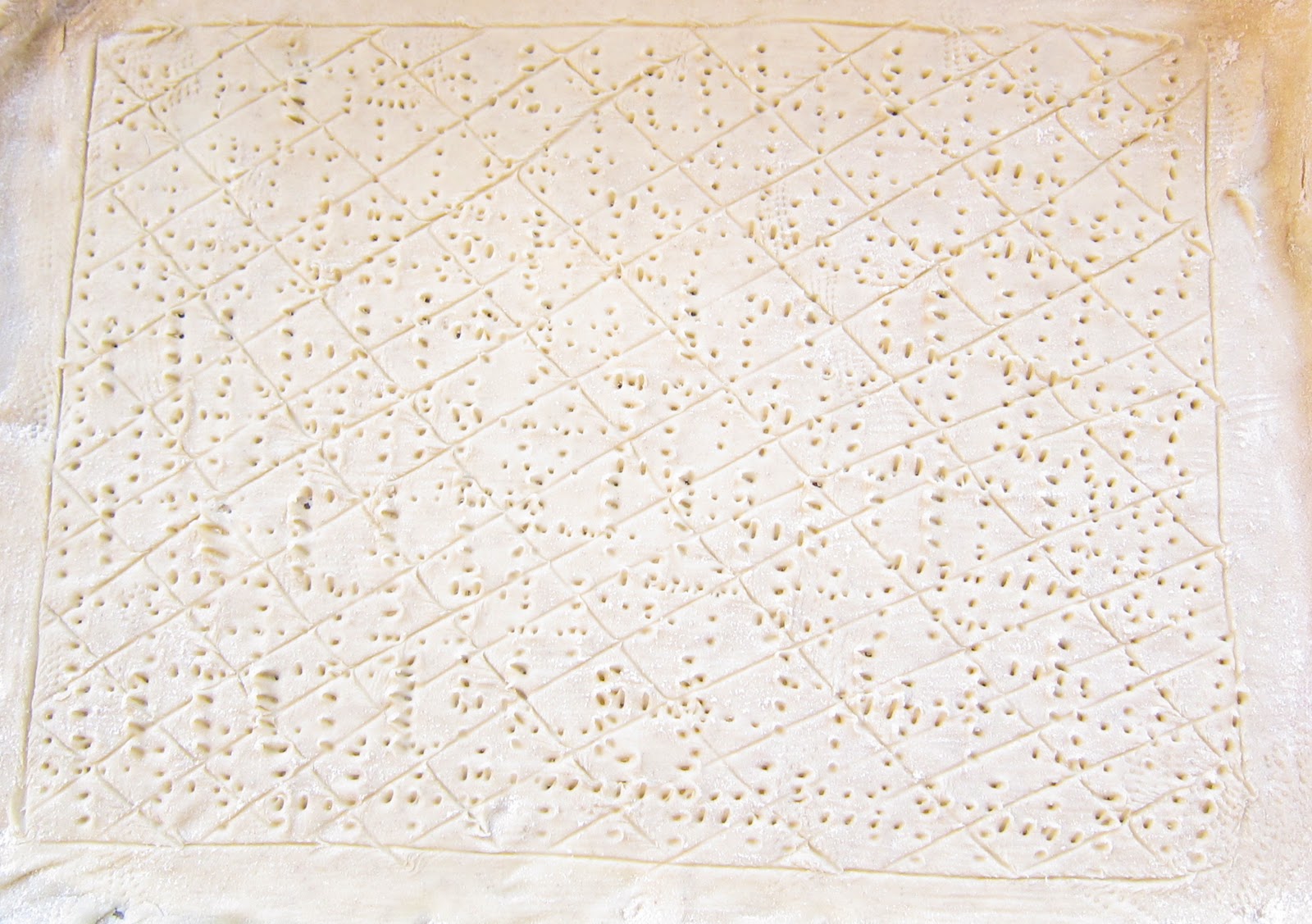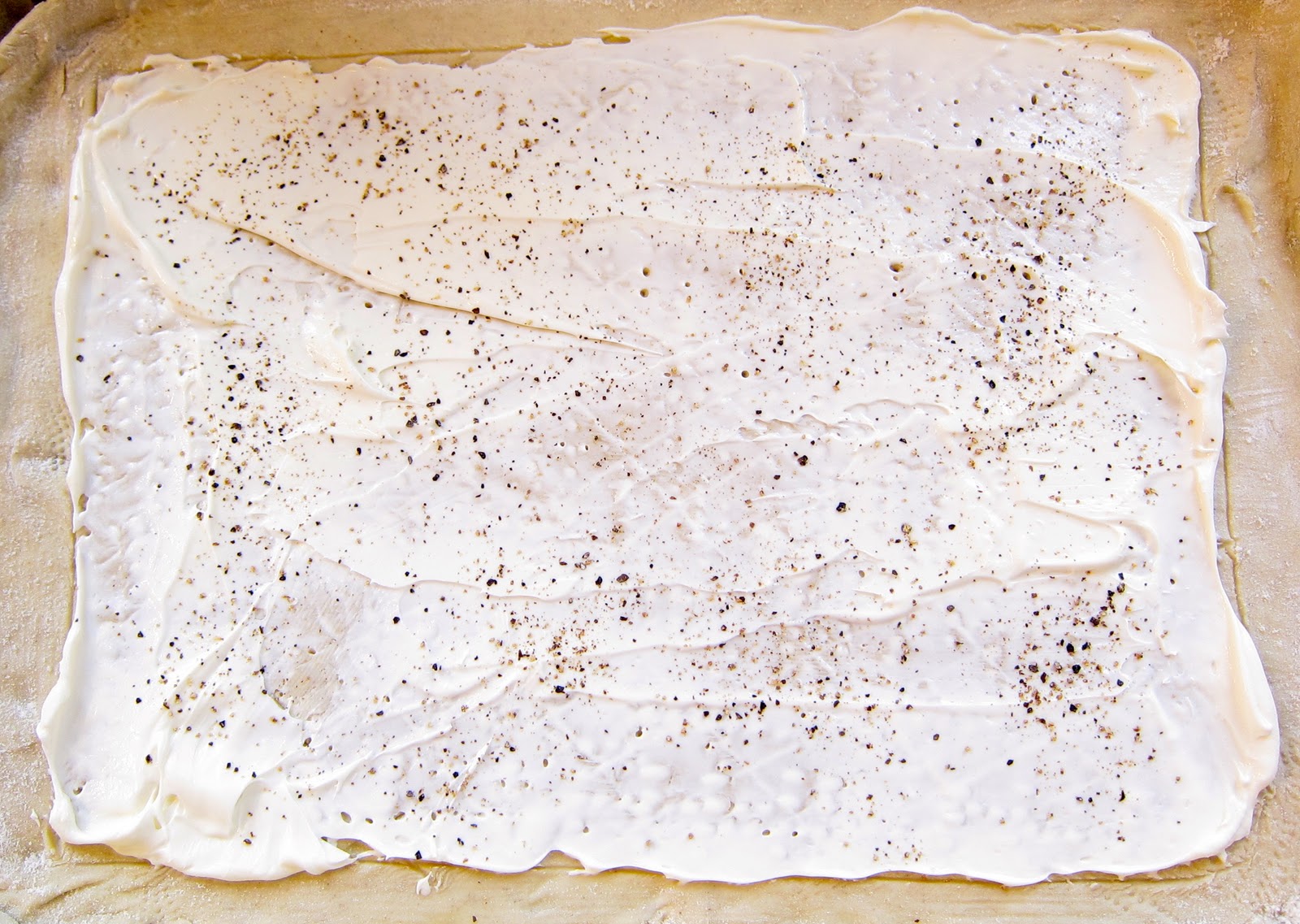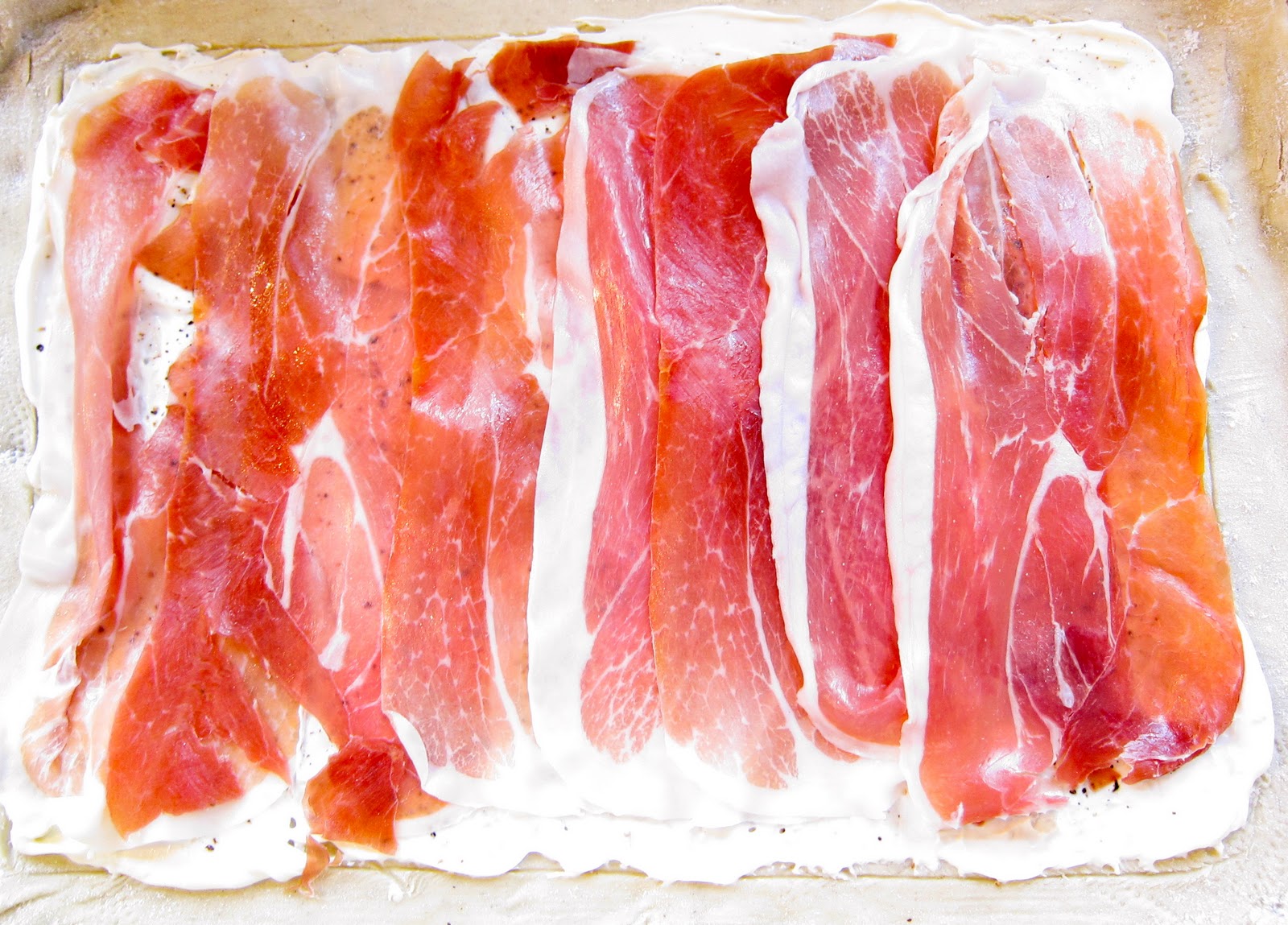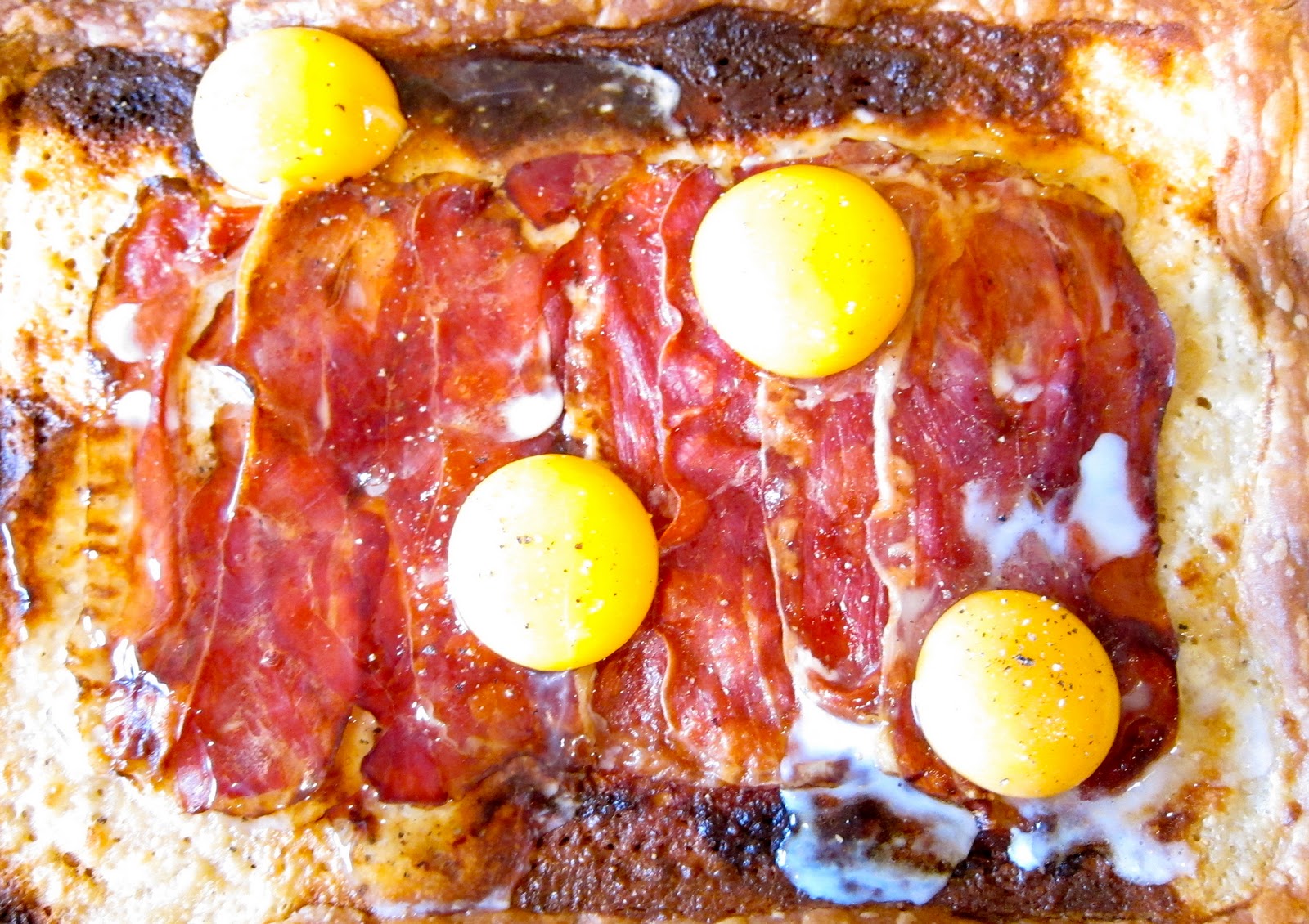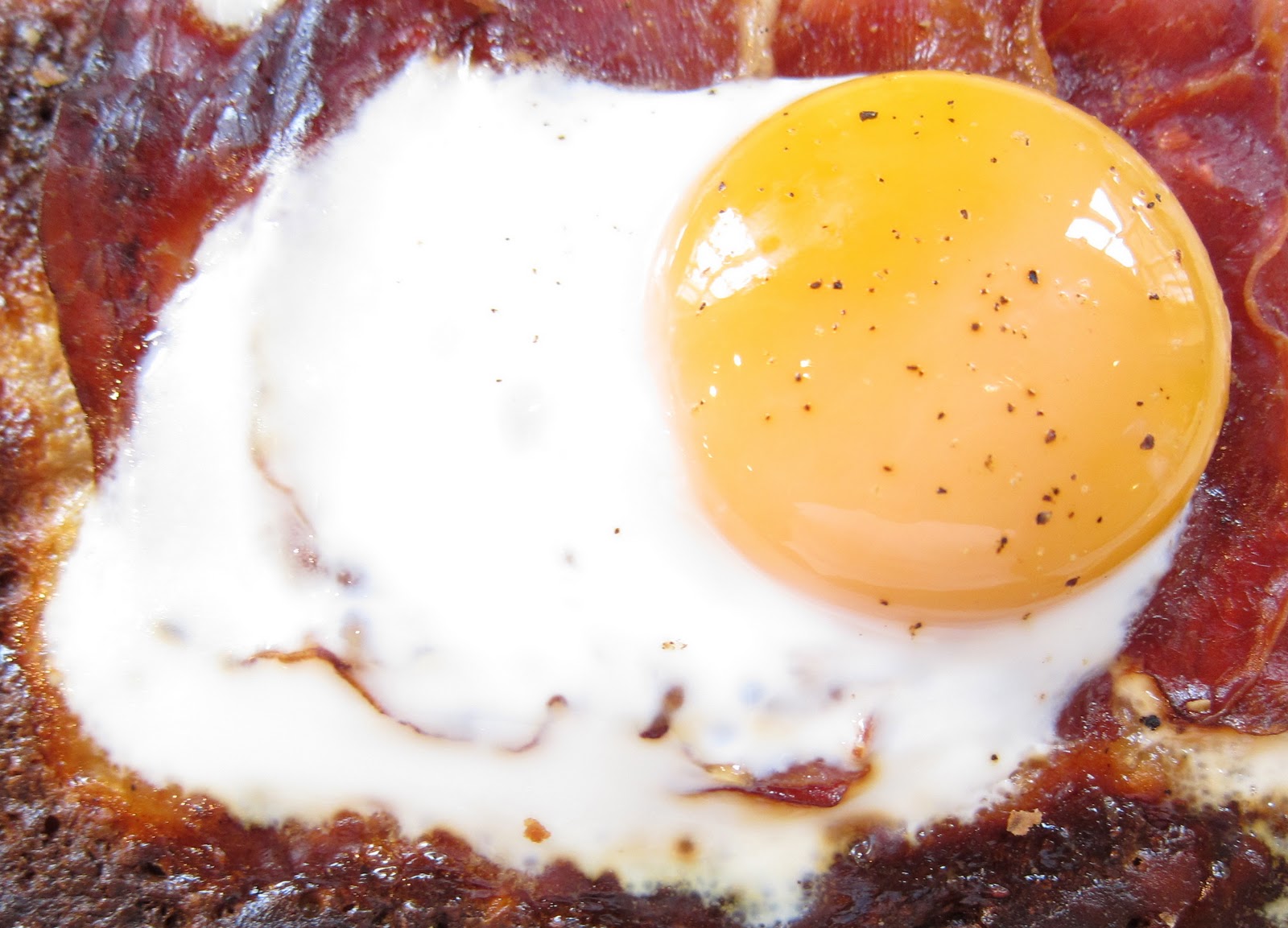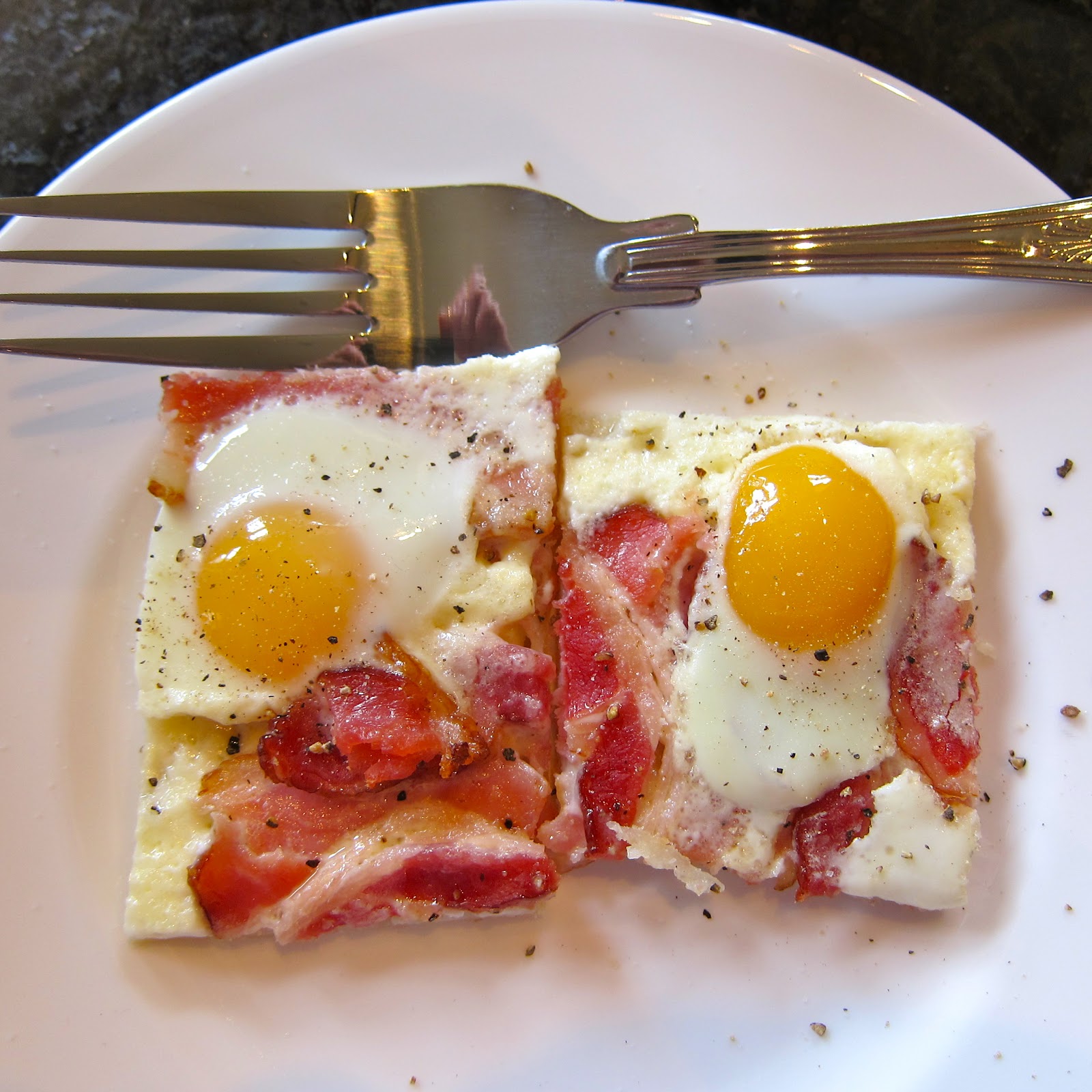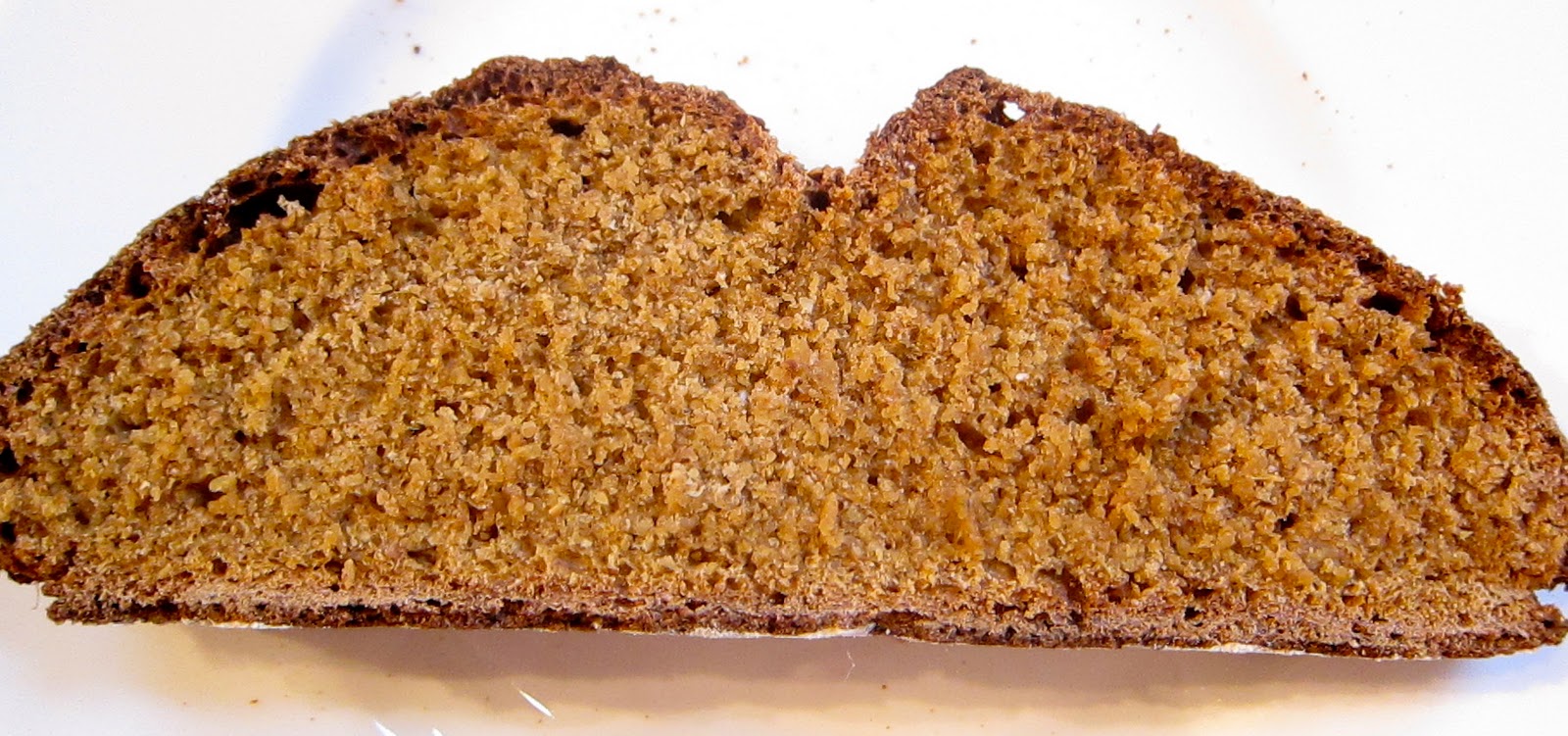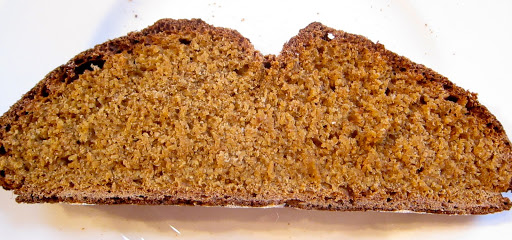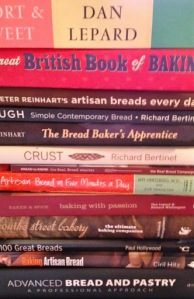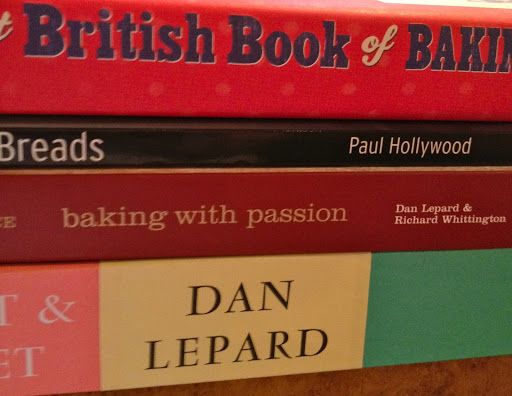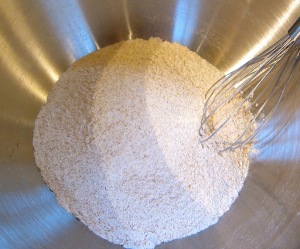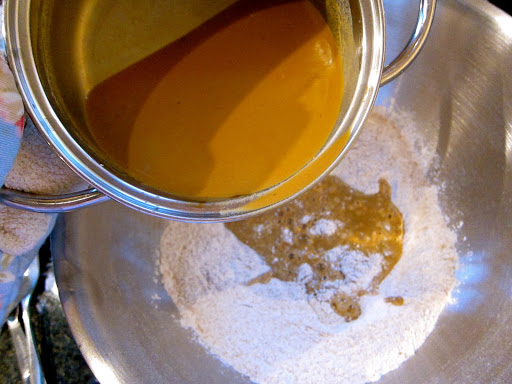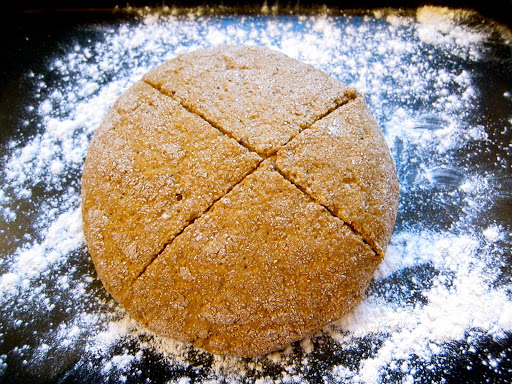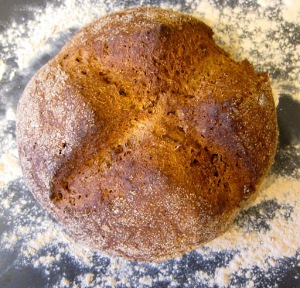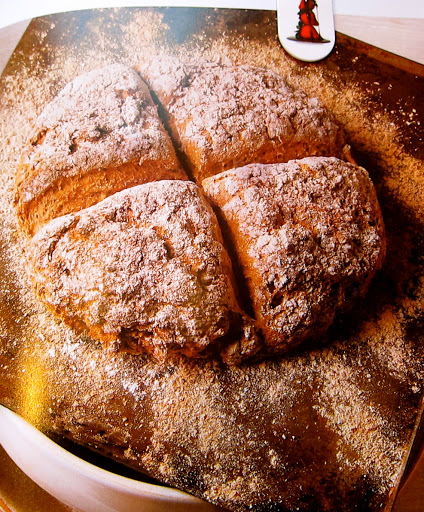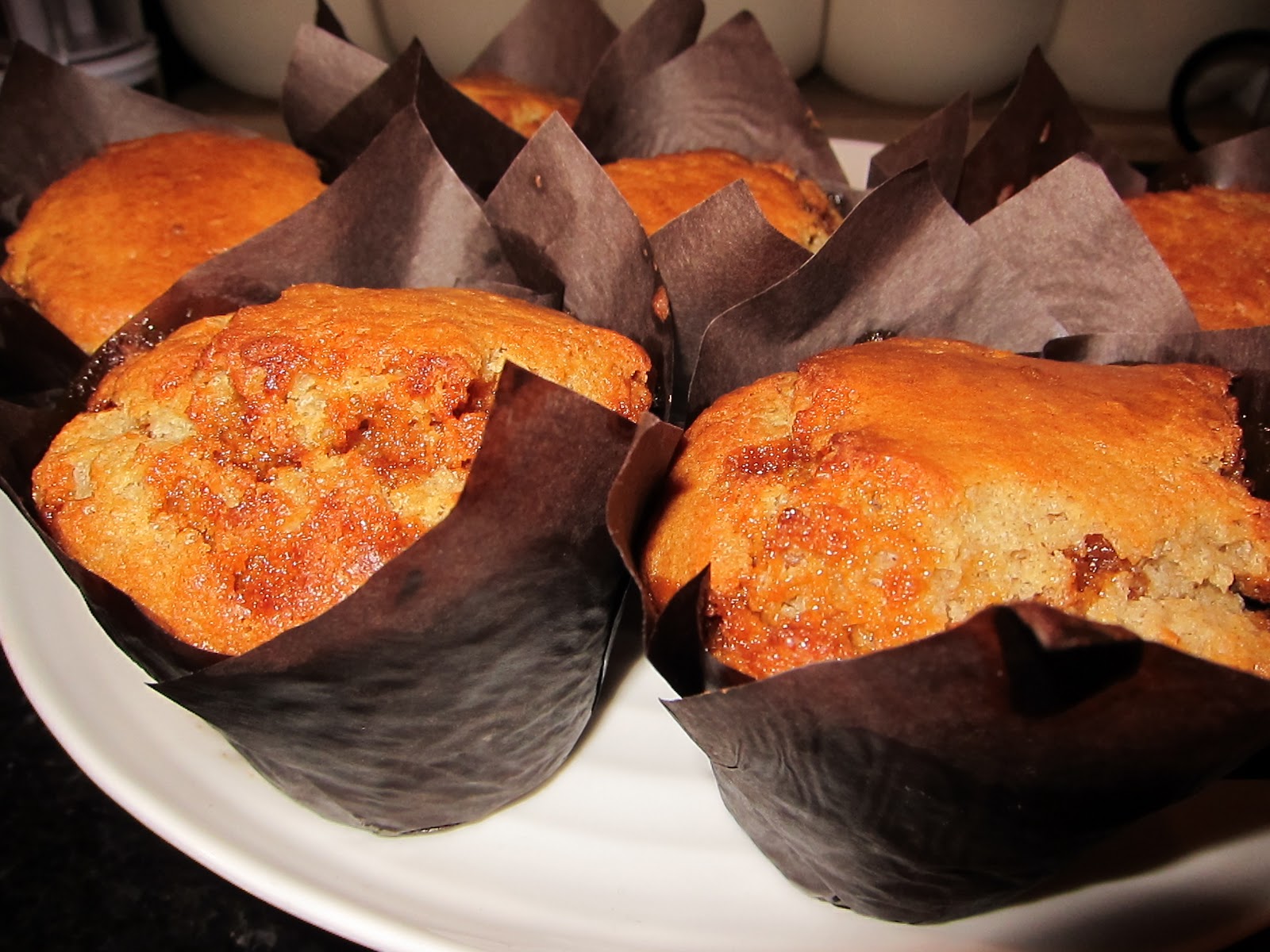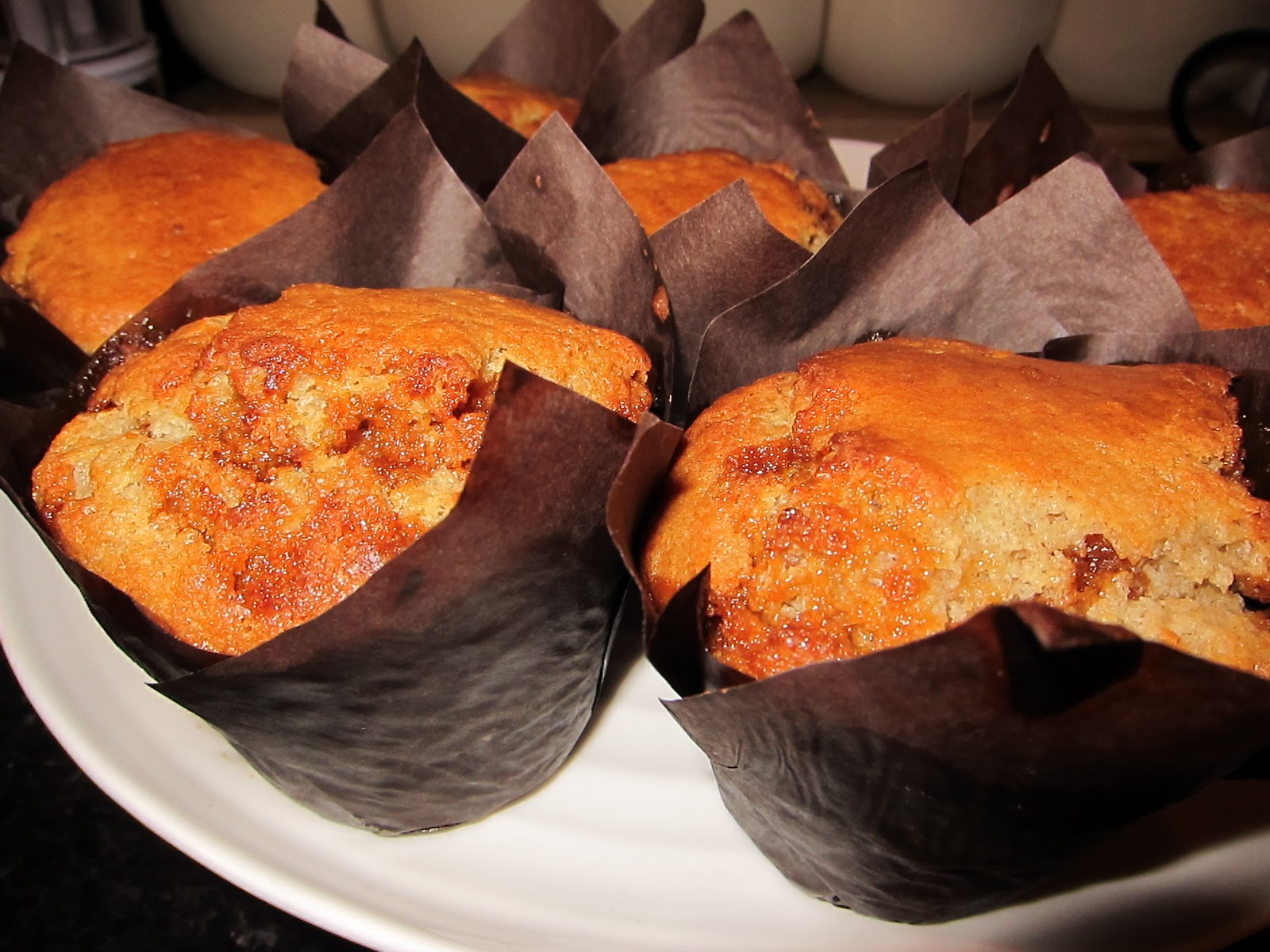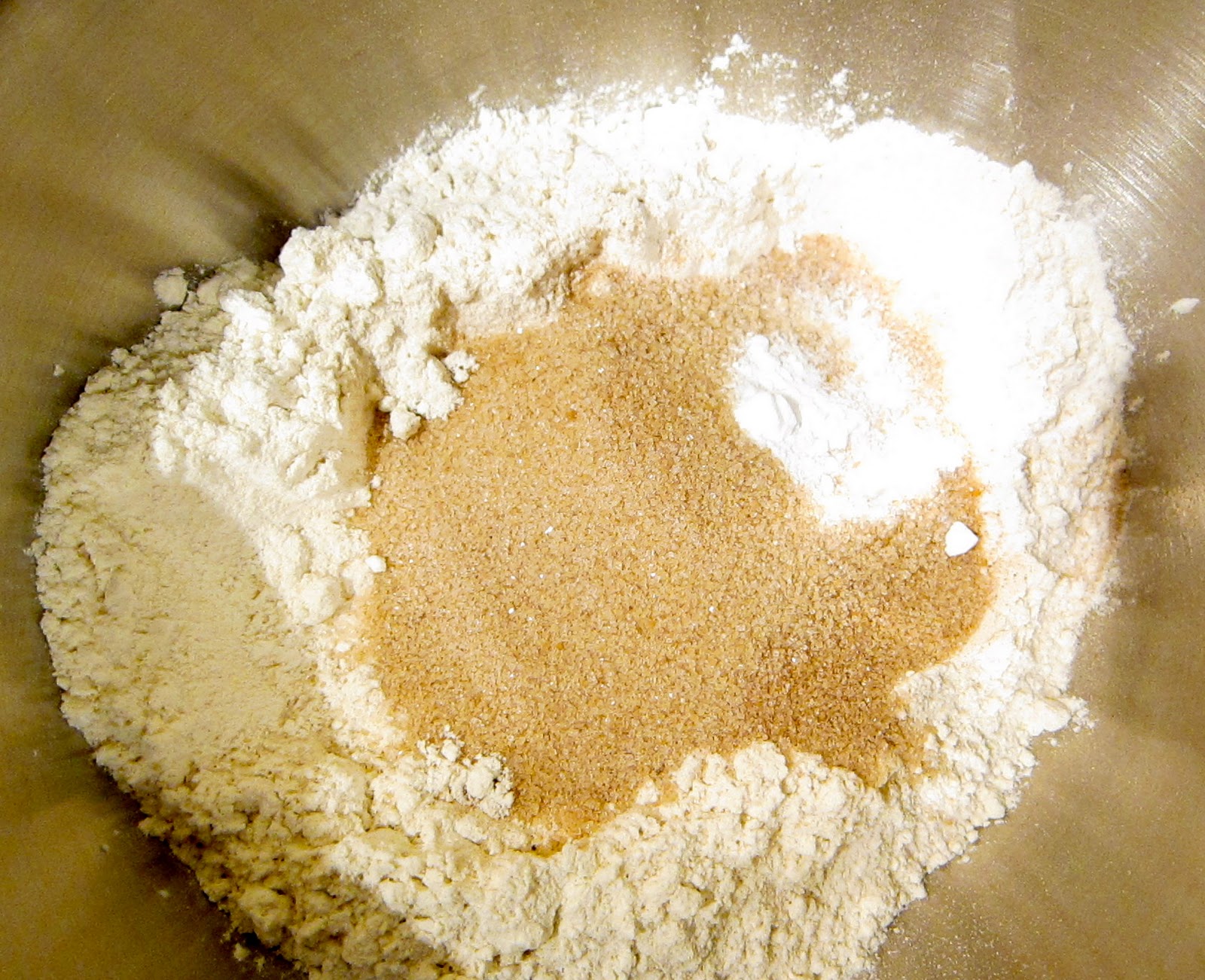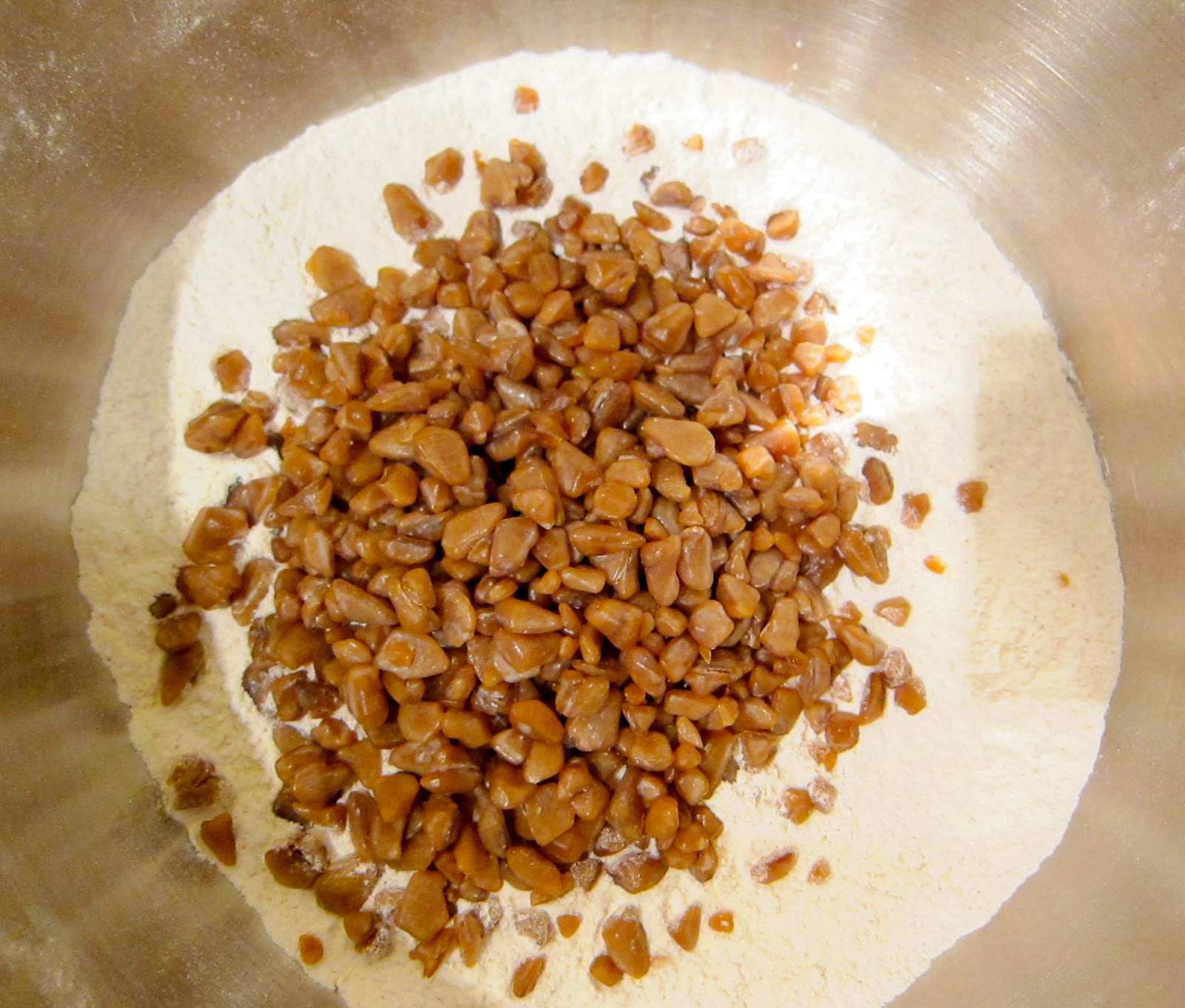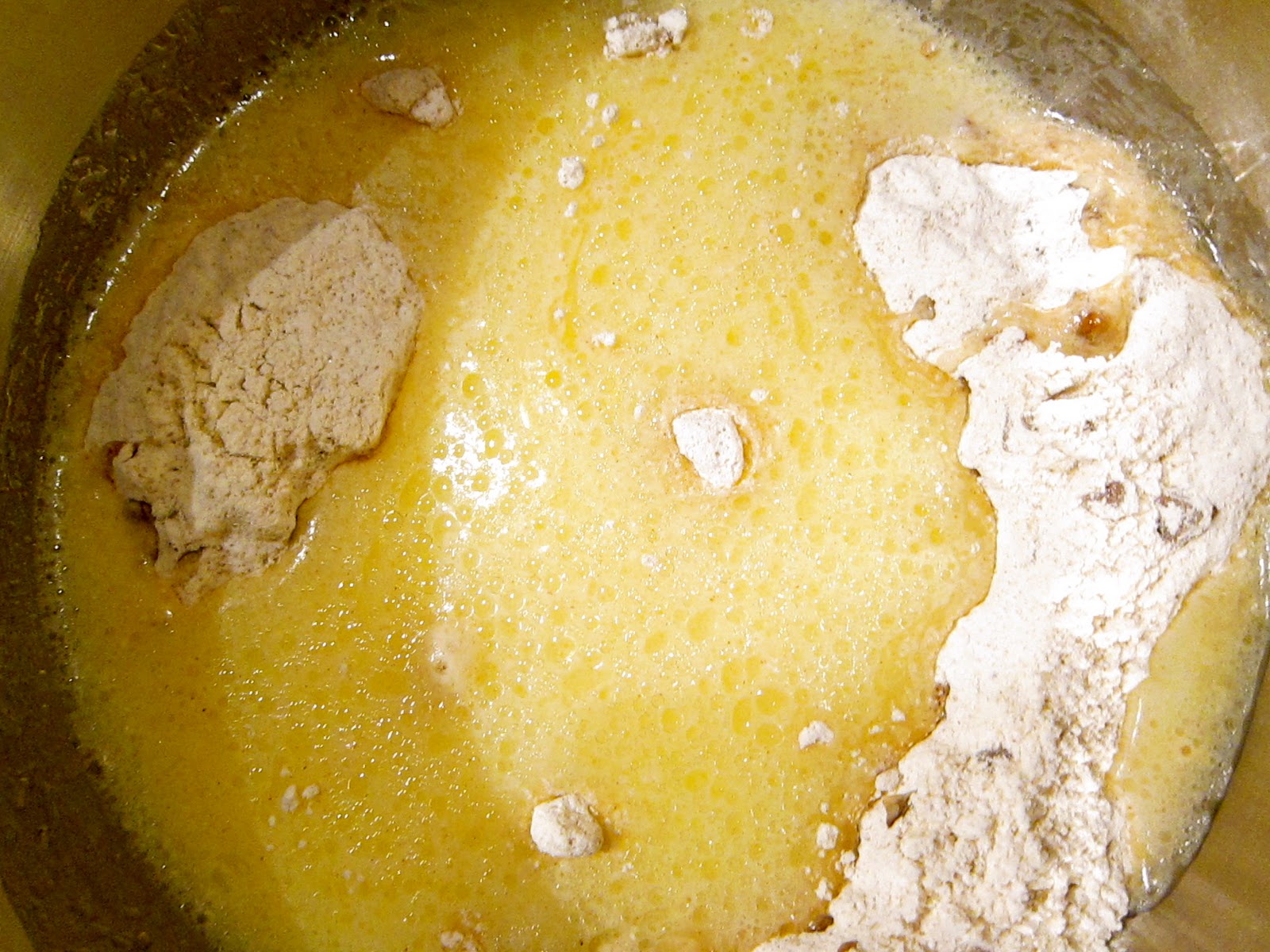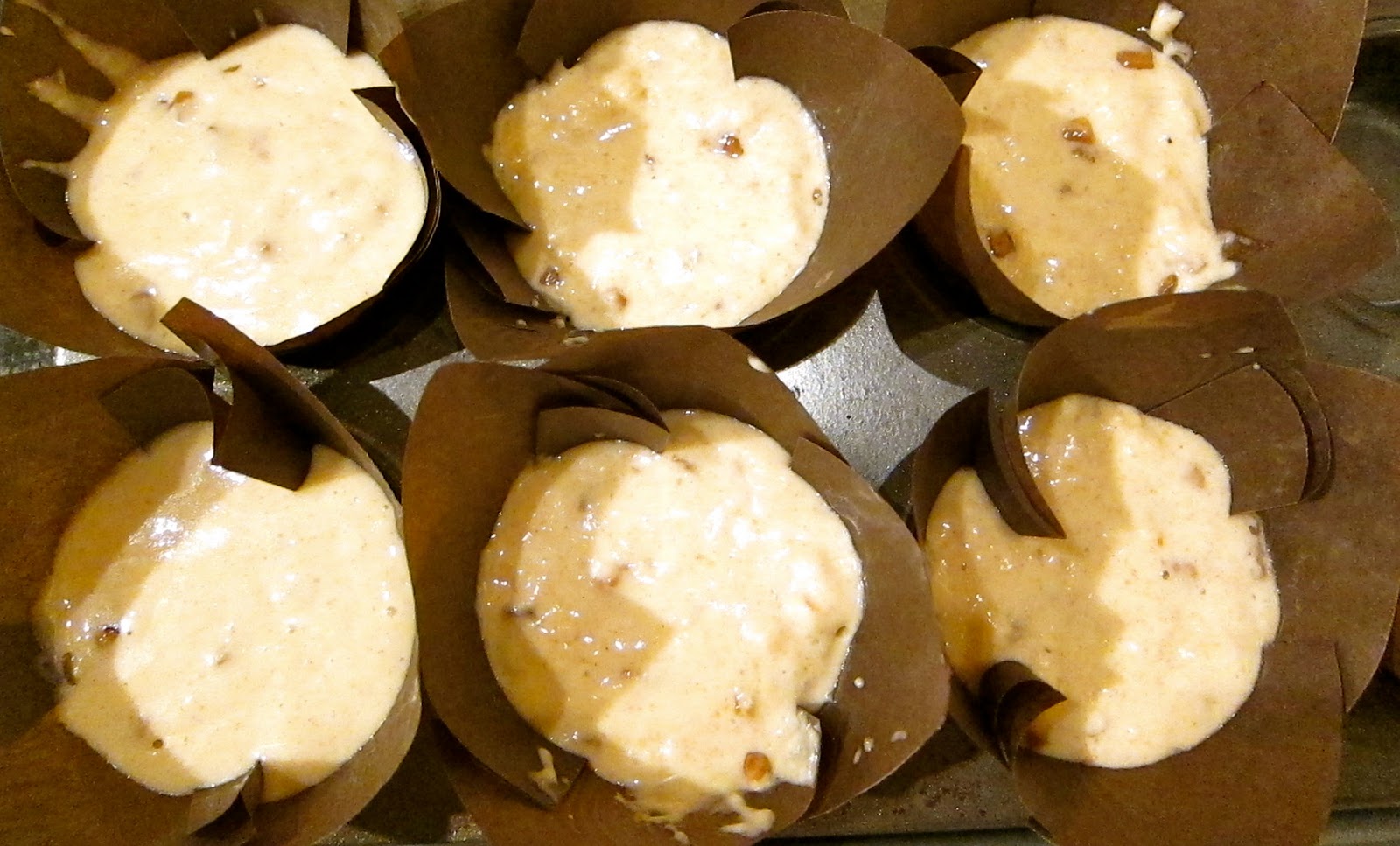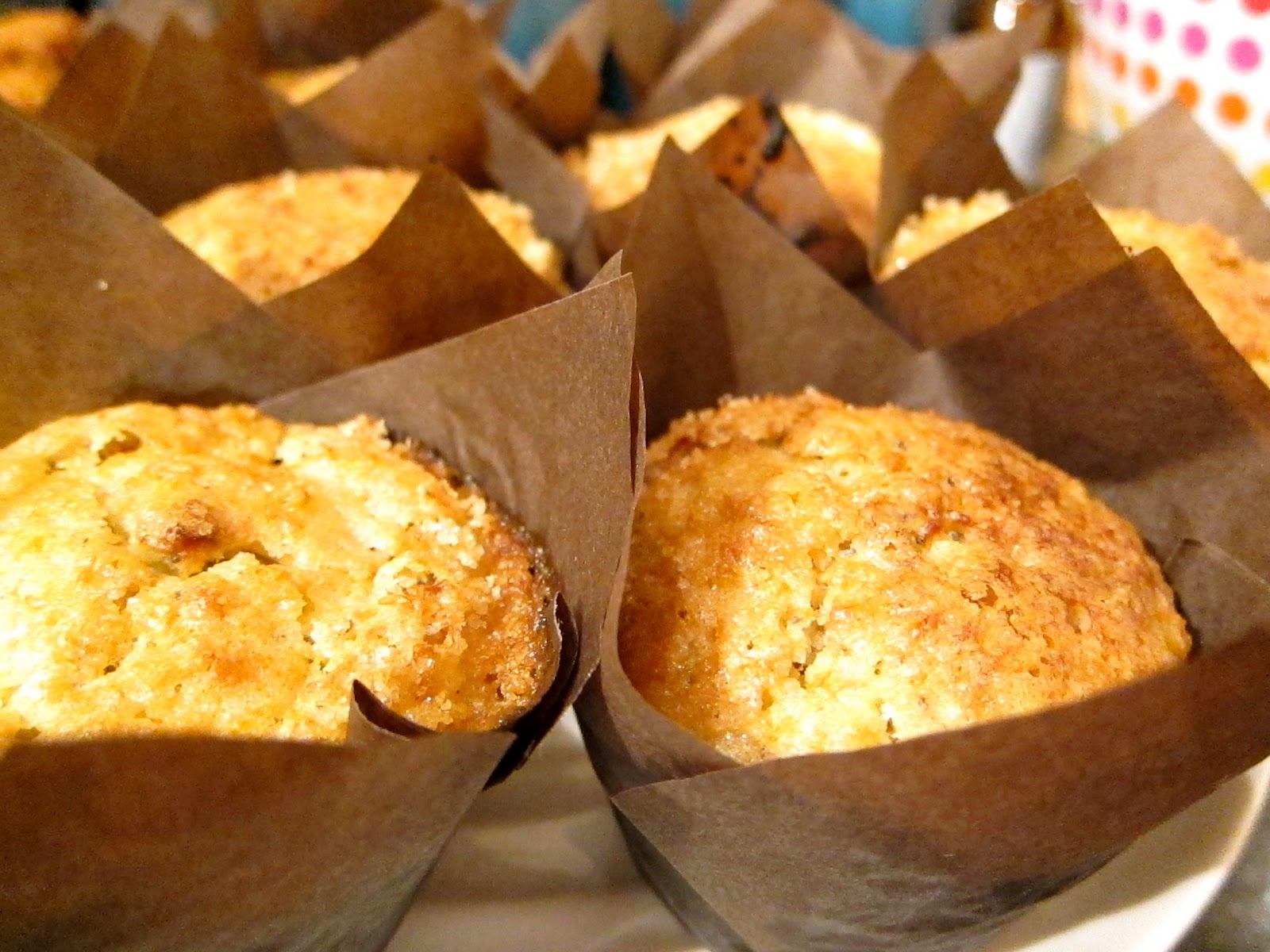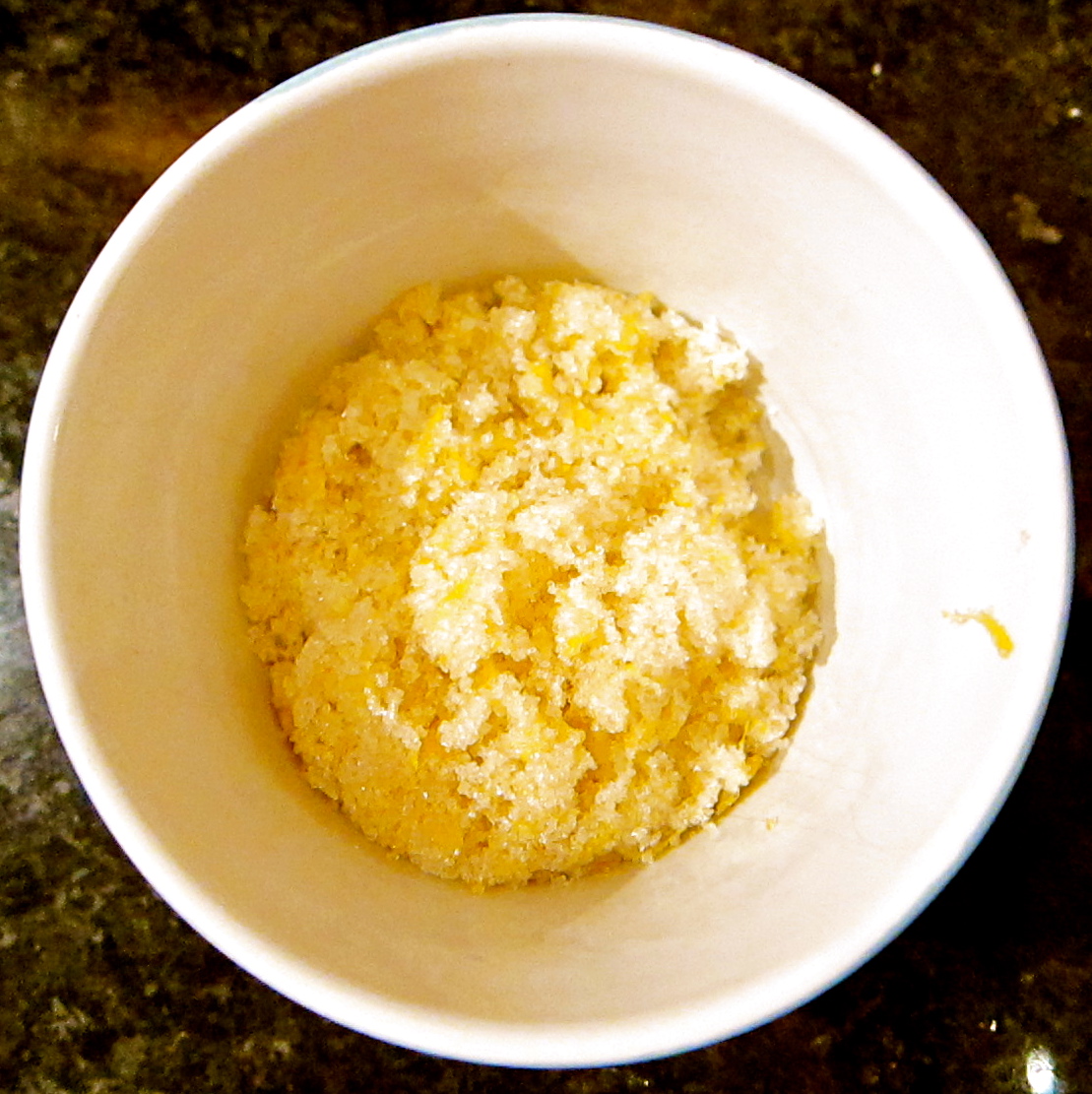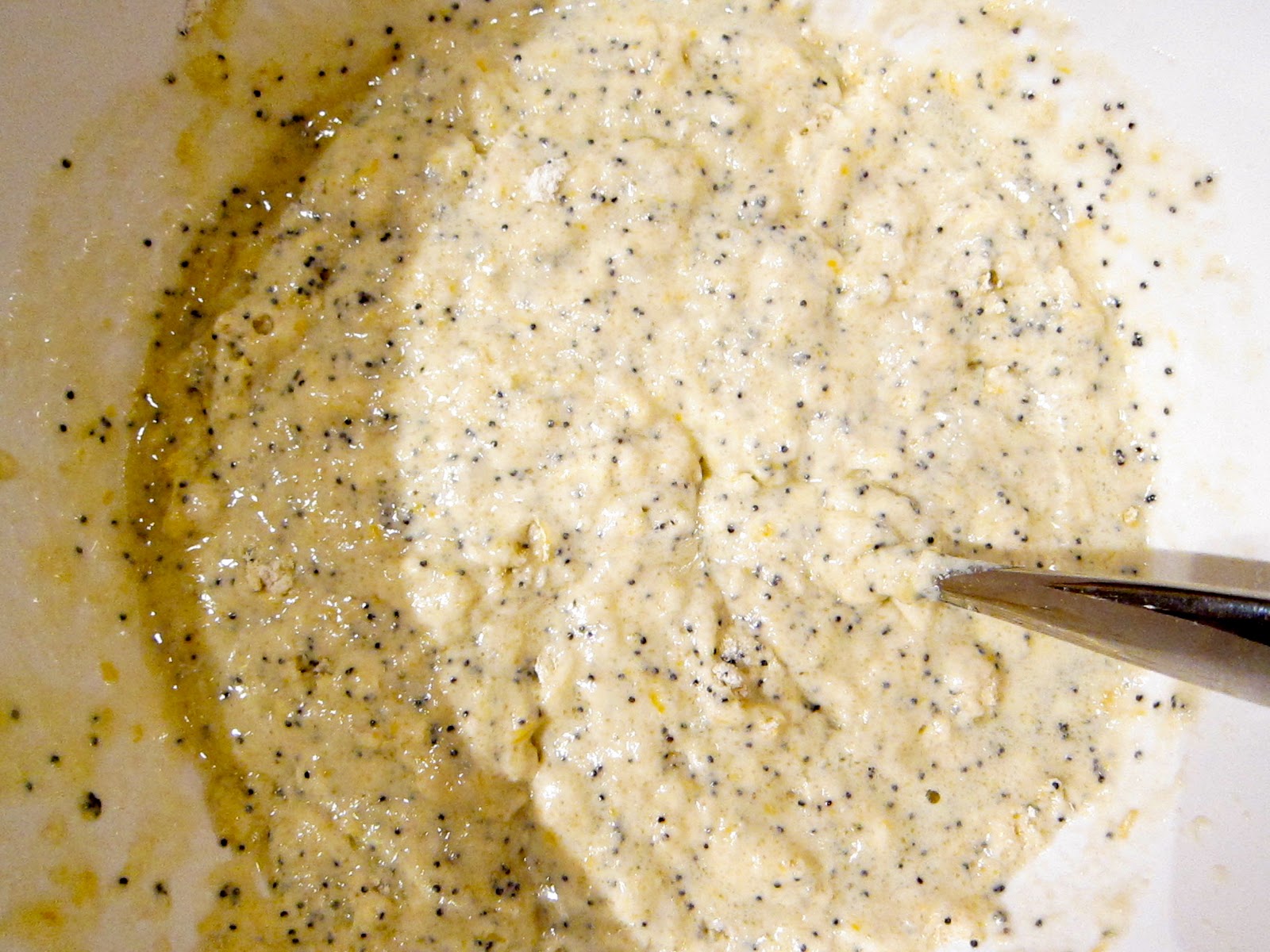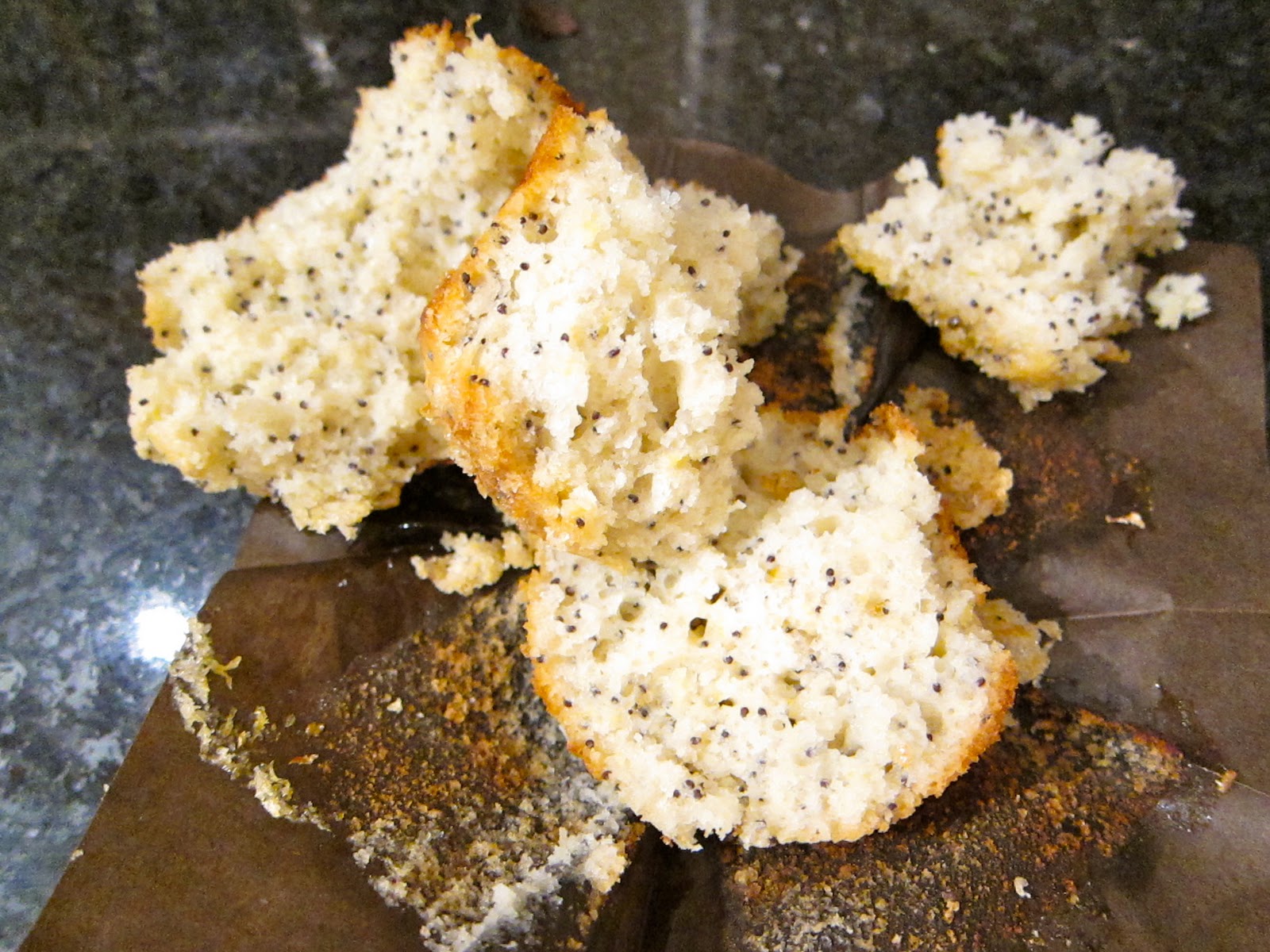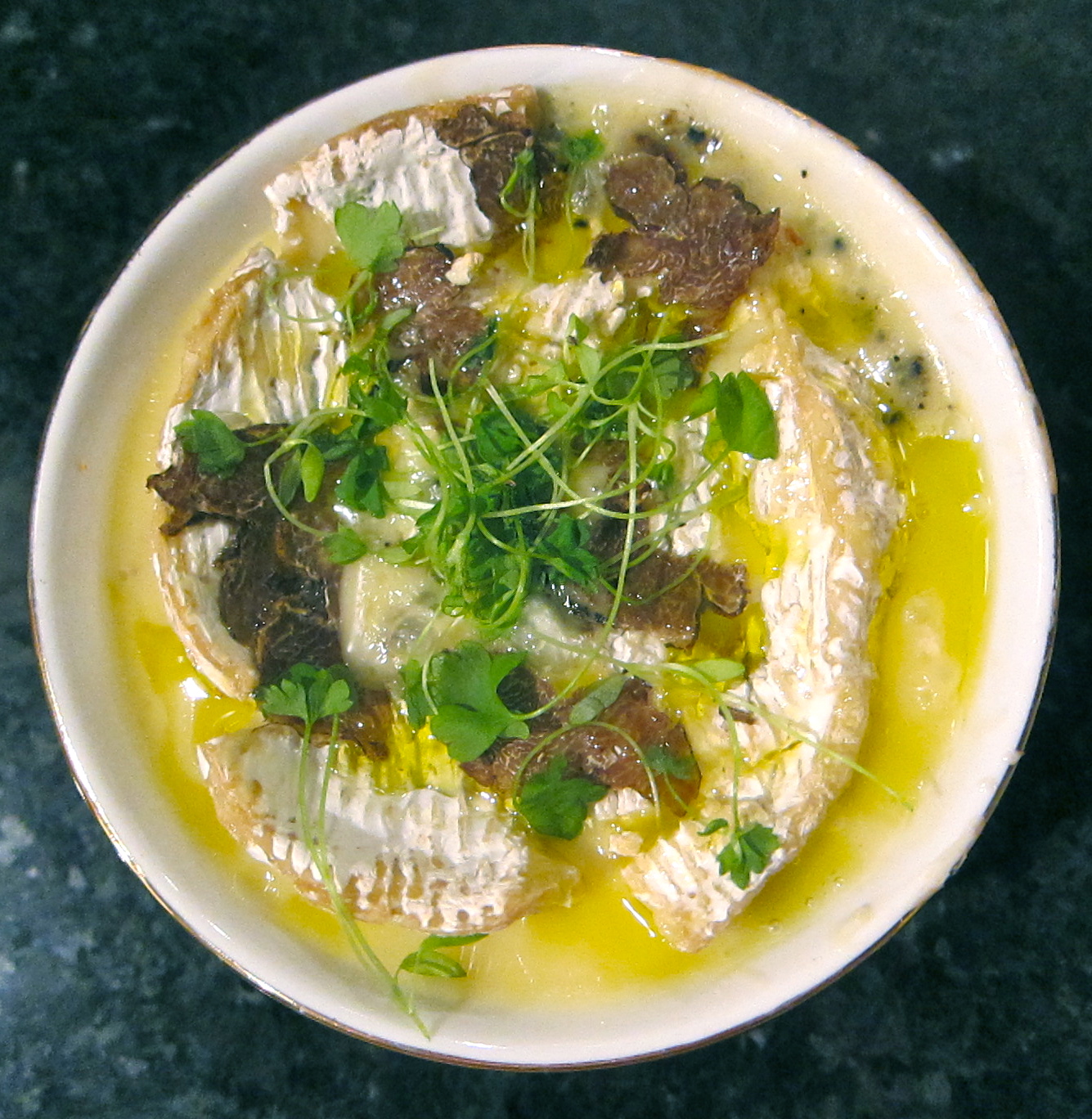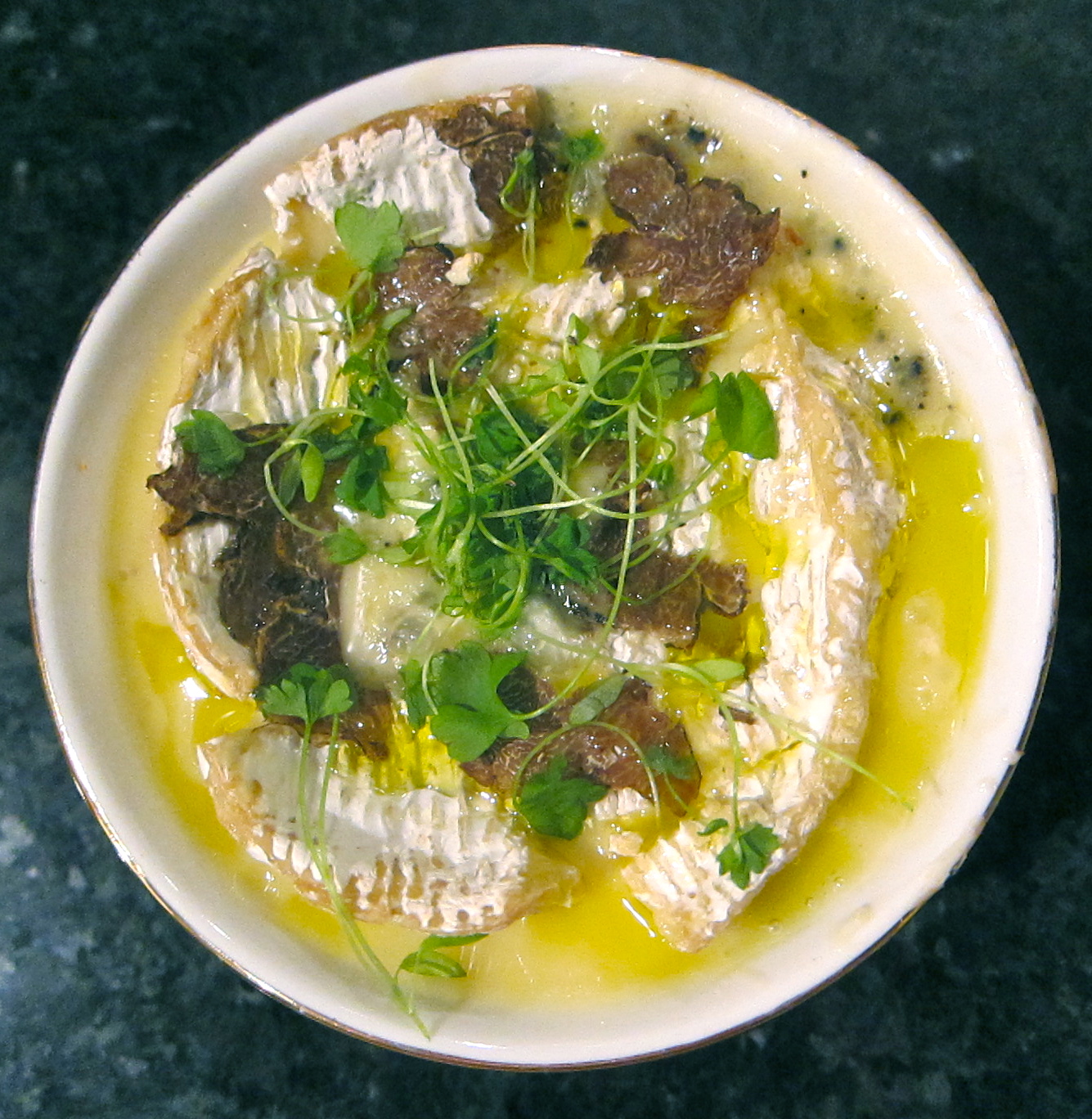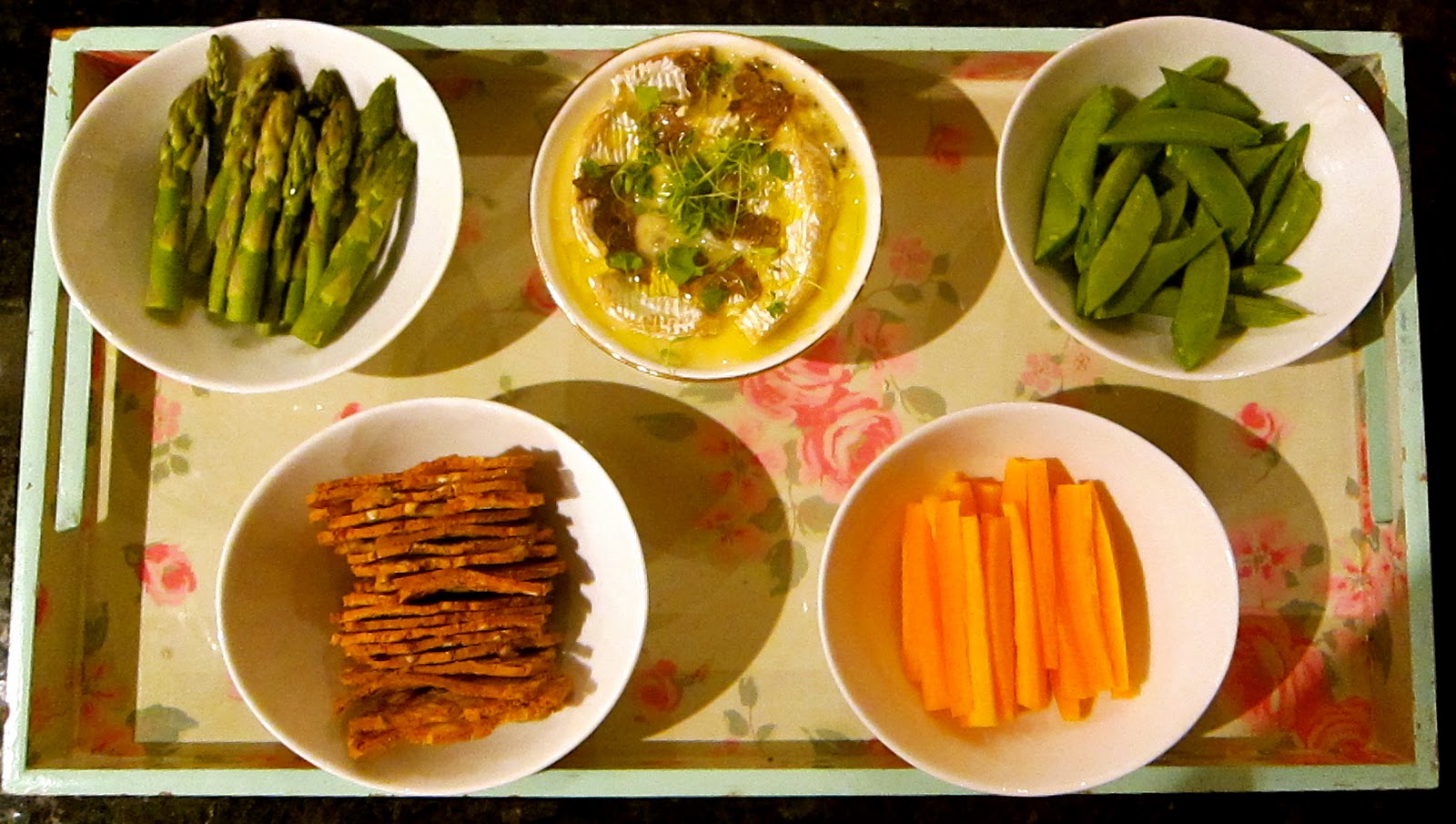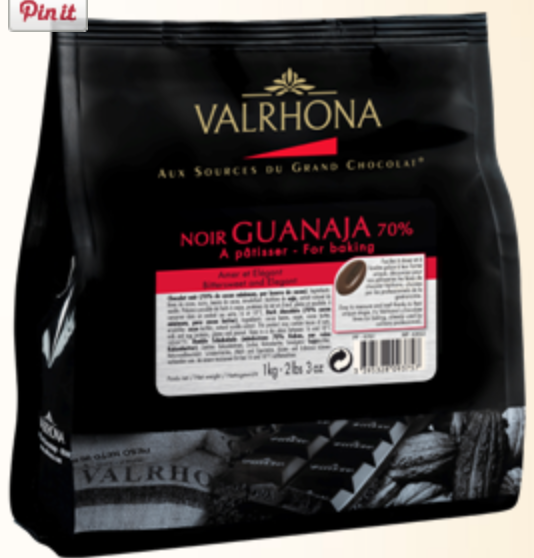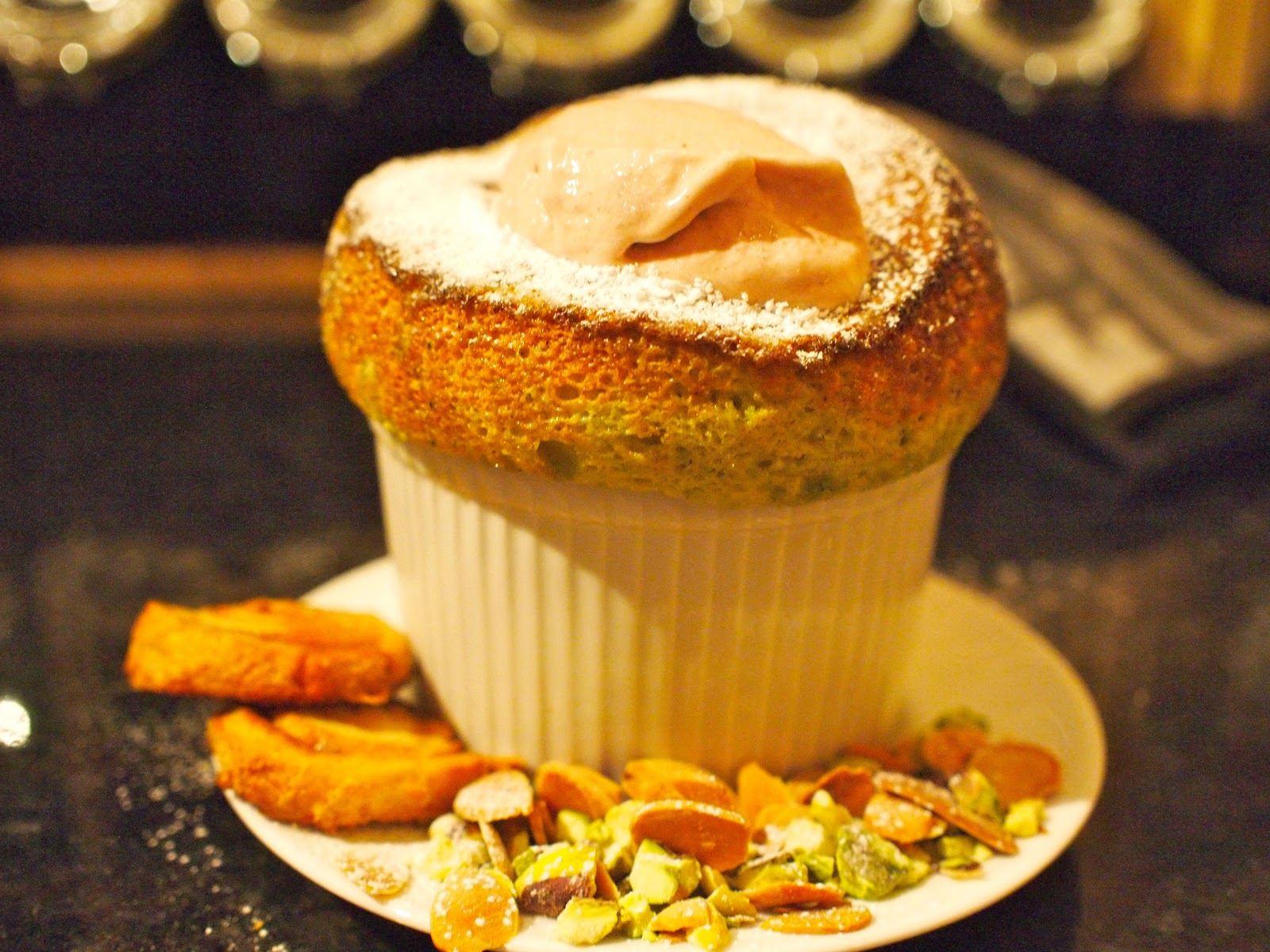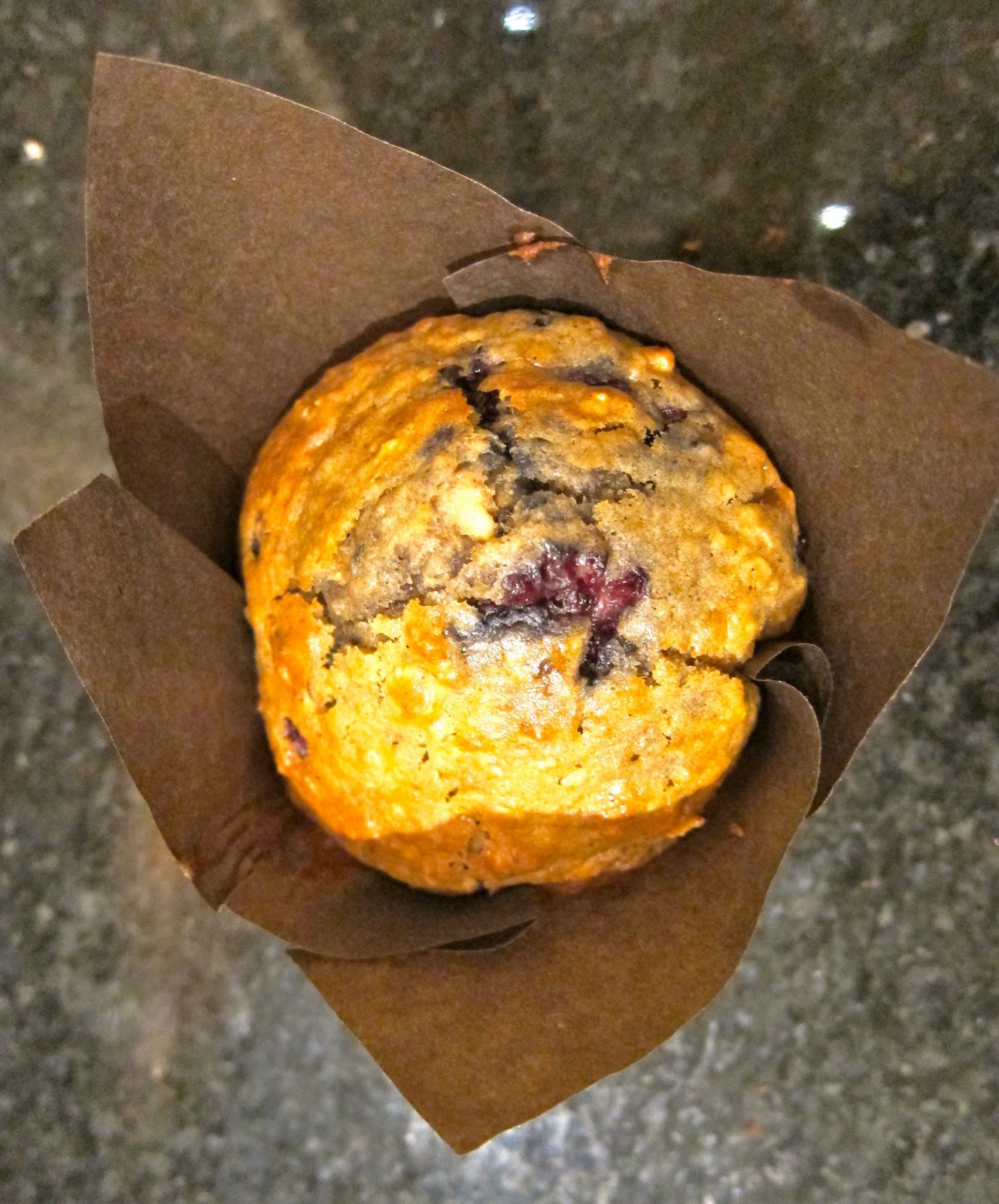 Yes, more muffins. Actually this time because I have a shocking cold, and I can’t sleep. Seemed as though it might be fun to make breakfast muffins for everyone to have in the morning! Adapted from Rachel Allen’s 30 day muffin mixture, the theory is that you can leave the mixture in the fridge for 30 days until you next want to make muffins… Does it work? Absolutely!
Yes, more muffins. Actually this time because I have a shocking cold, and I can’t sleep. Seemed as though it might be fun to make breakfast muffins for everyone to have in the morning! Adapted from Rachel Allen’s 30 day muffin mixture, the theory is that you can leave the mixture in the fridge for 30 days until you next want to make muffins… Does it work? Absolutely!
At the weekend I made a batch of Rachel Allen’s 30 day muffin mixture, and made a batch of blueberry muffins with half of the mixture, and made breakfast muffins with the other half.
Ingredients:
3 eggs
500 ml milk
125 ml sunflower oil
100g caster sugar
460g plain flour (or 300g plain flour, 160g wholemeal flour)
25g bran (which I omitted)
½ teaspoon salt
2 round teaspoons bicarbonate of soda
Method:
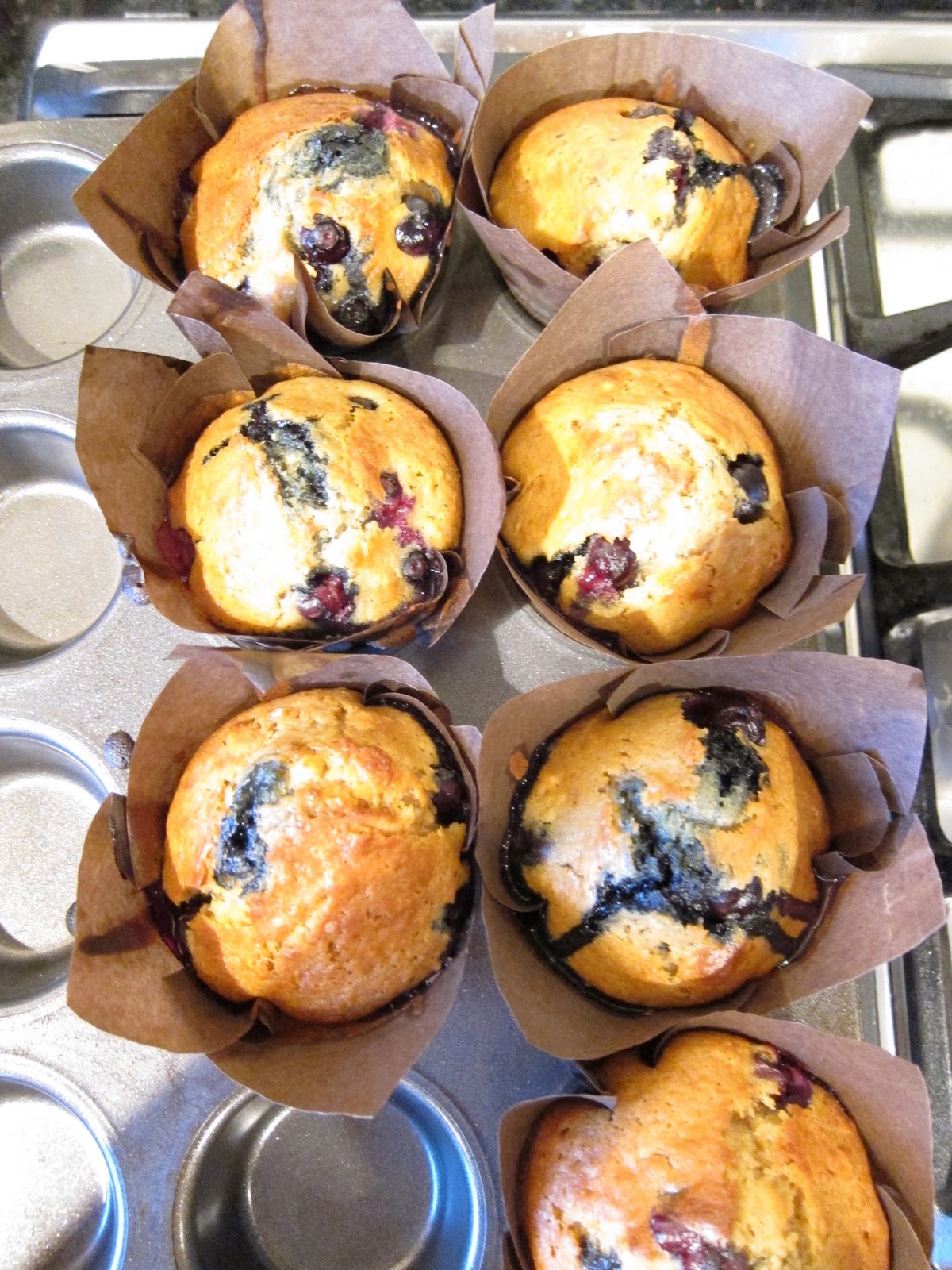 So, in the first variation I used about half of the mixture, and stirred in about 100g of blueberries. I put a couple on top of the muffin to ensure they didn’t sink, which is why some look as though they’ve burst, perhaps you’d want to pop them just below the surface.
So, in the first variation I used about half of the mixture, and stirred in about 100g of blueberries. I put a couple on top of the muffin to ensure they didn’t sink, which is why some look as though they’ve burst, perhaps you’d want to pop them just below the surface.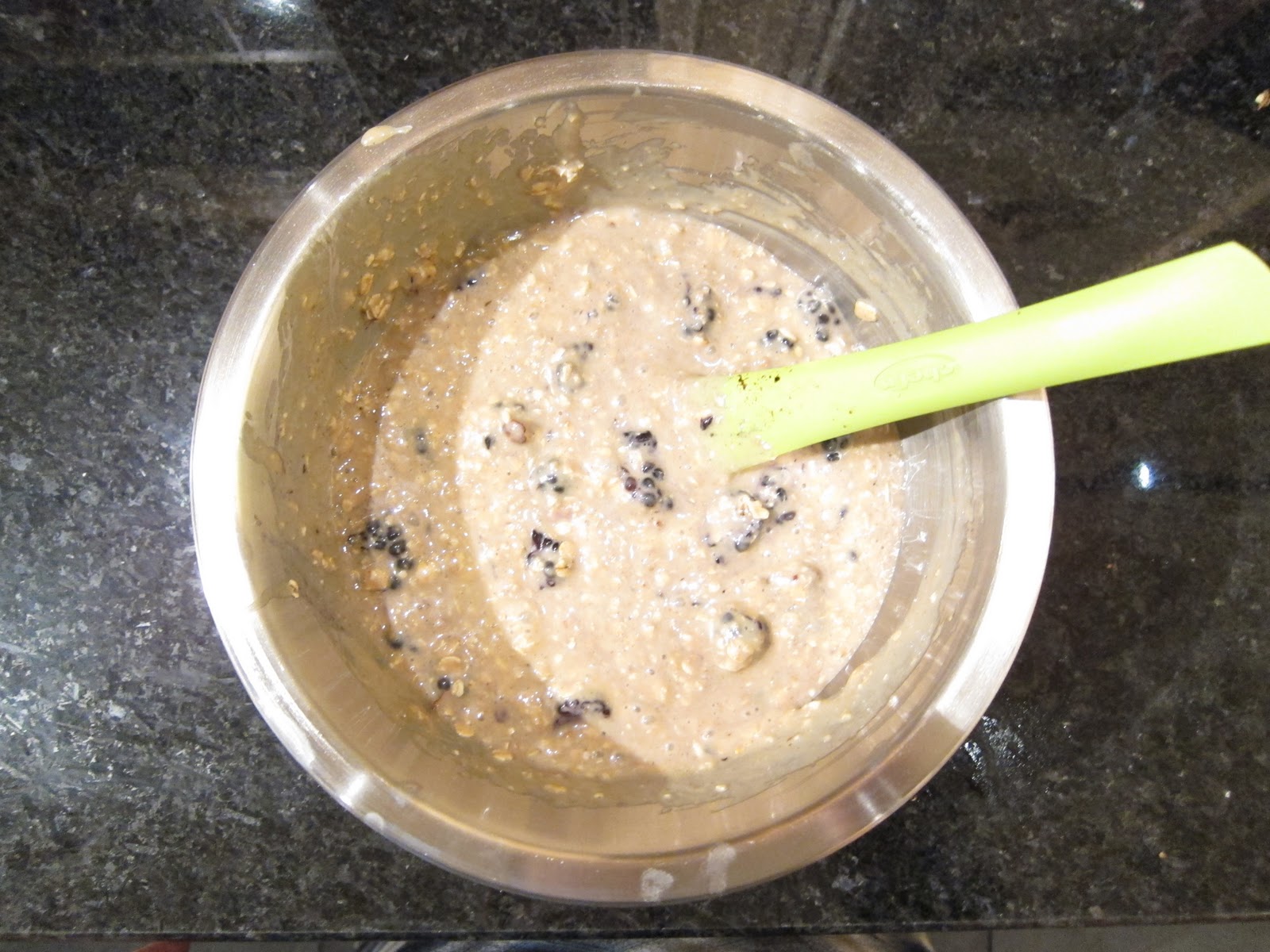 In the second variation, I really wanted a breakfast muffin, so I put in about 1 cup of Rude Health’s Top Banana Porridge mixture (which also contains roasted hazelnuts and maple flakes). I wanted some fruit in the mixture too, just in case the oatflakes dried out the mixture too much. I chopped in about 100g of blackberries, and distributed them through the mixture.
In the second variation, I really wanted a breakfast muffin, so I put in about 1 cup of Rude Health’s Top Banana Porridge mixture (which also contains roasted hazelnuts and maple flakes). I wanted some fruit in the mixture too, just in case the oatflakes dried out the mixture too much. I chopped in about 100g of blackberries, and distributed them through the mixture. 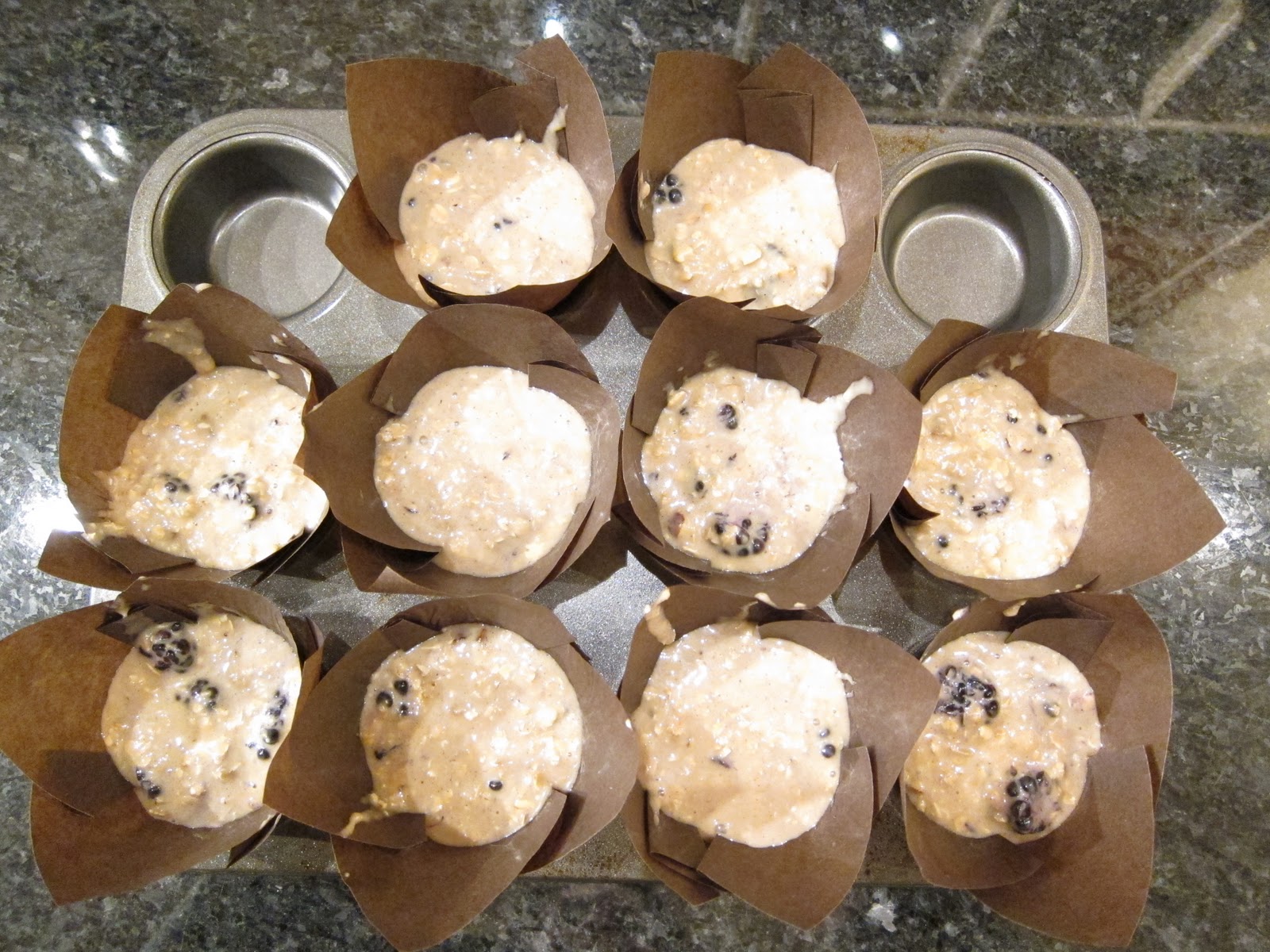 The muffins definitely were more dense than the blueberry version, and decidedly more breakfast than dessert. Very good, and the general consensus is that they’re better than straight fruit muffins. I assume this is what the bran would bring to the original recipe, but bran can be a little difficult to digest – so the oats are a good alternative. The Rude Health mixture gives just a hint of the sweetness and perfume of the banana, but the acidity of the blackberry cuts through that! Add the crunch of the hazelnuts, and the chewy oats and you’re on to a breakfast winner.
The muffins definitely were more dense than the blueberry version, and decidedly more breakfast than dessert. Very good, and the general consensus is that they’re better than straight fruit muffins. I assume this is what the bran would bring to the original recipe, but bran can be a little difficult to digest – so the oats are a good alternative. The Rude Health mixture gives just a hint of the sweetness and perfume of the banana, but the acidity of the blackberry cuts through that! Add the crunch of the hazelnuts, and the chewy oats and you’re on to a breakfast winner.